Some pictures from around Alcester on the morning of the local election day, Thursday the 1st of May 2025.
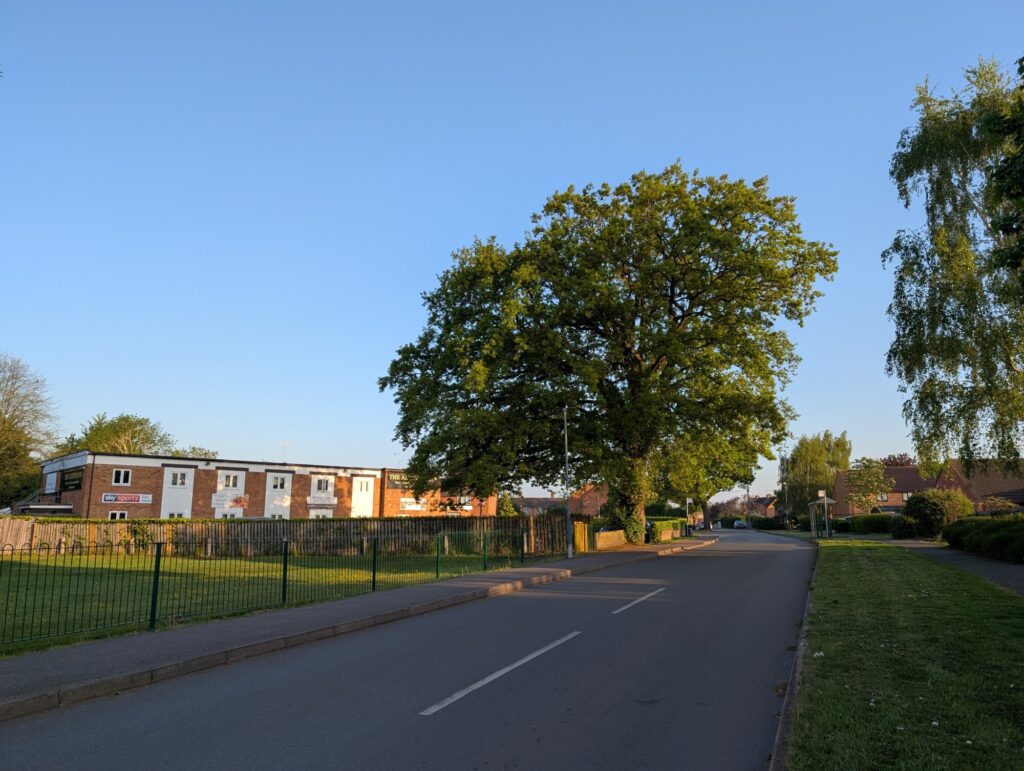
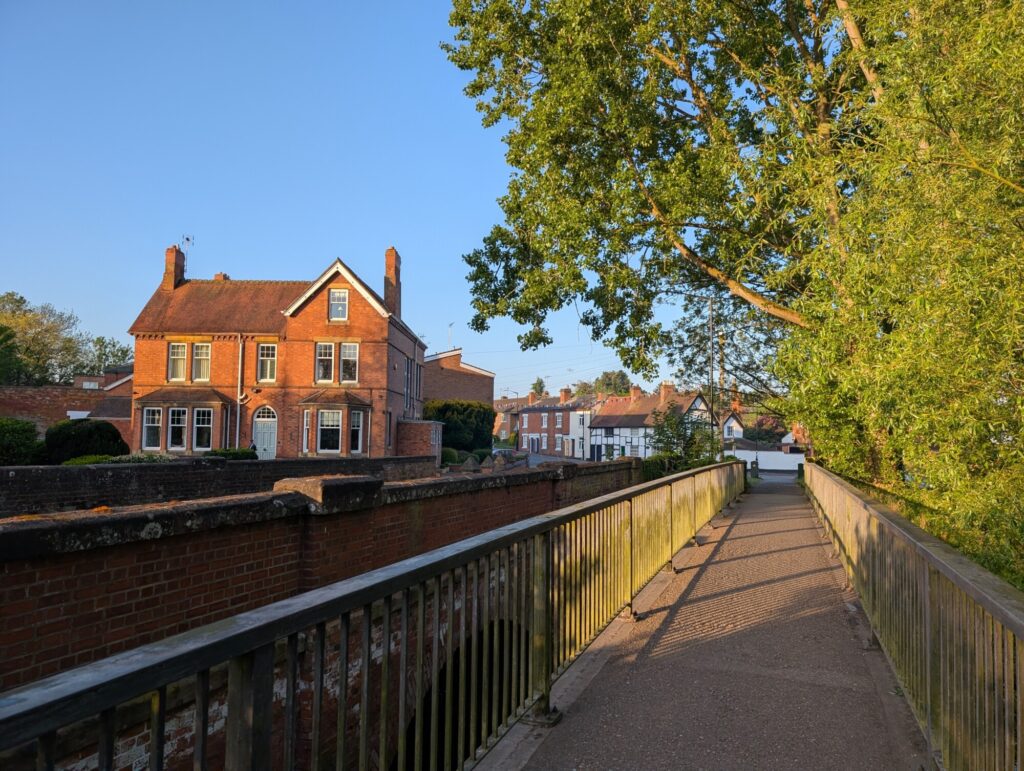
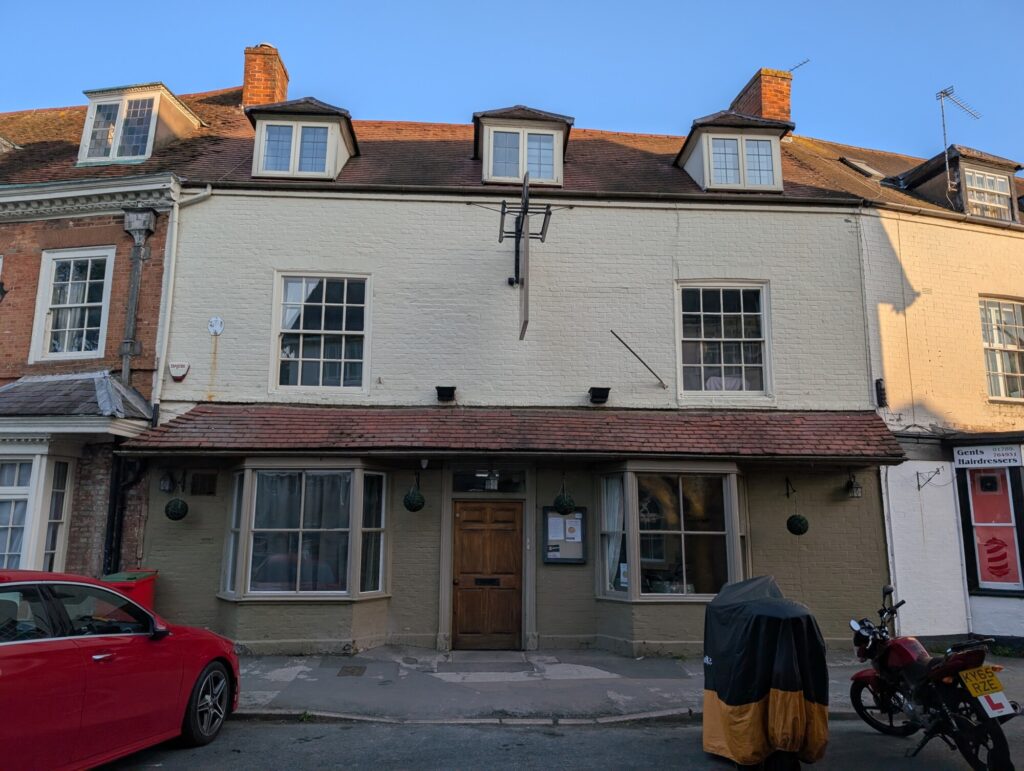
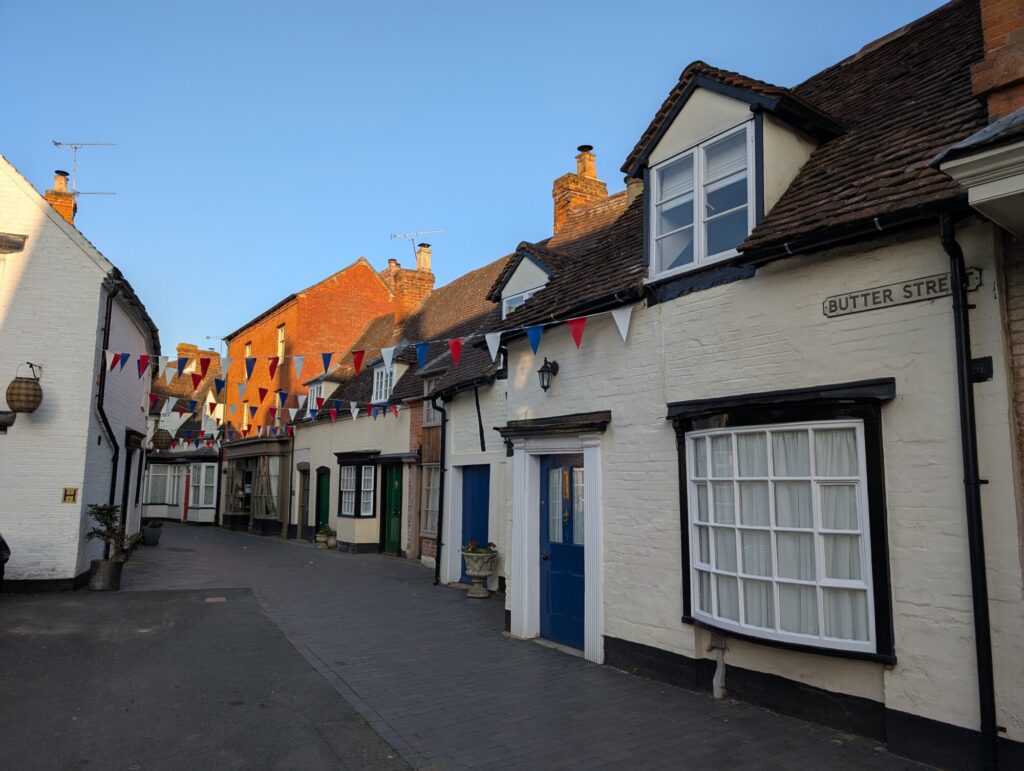
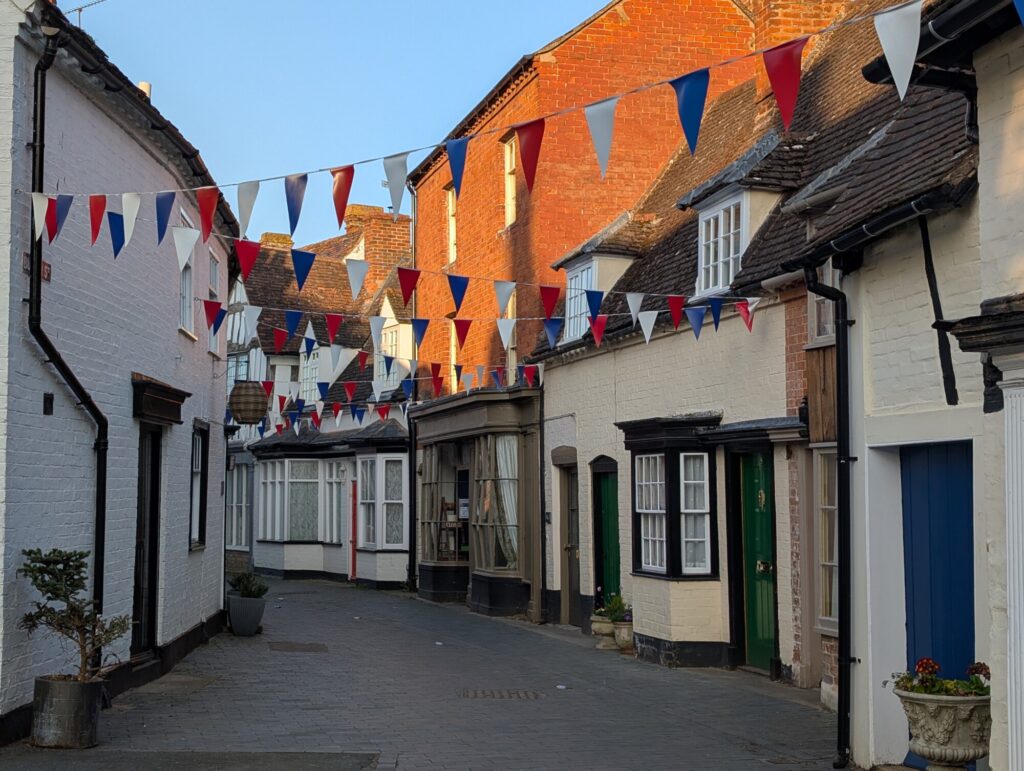
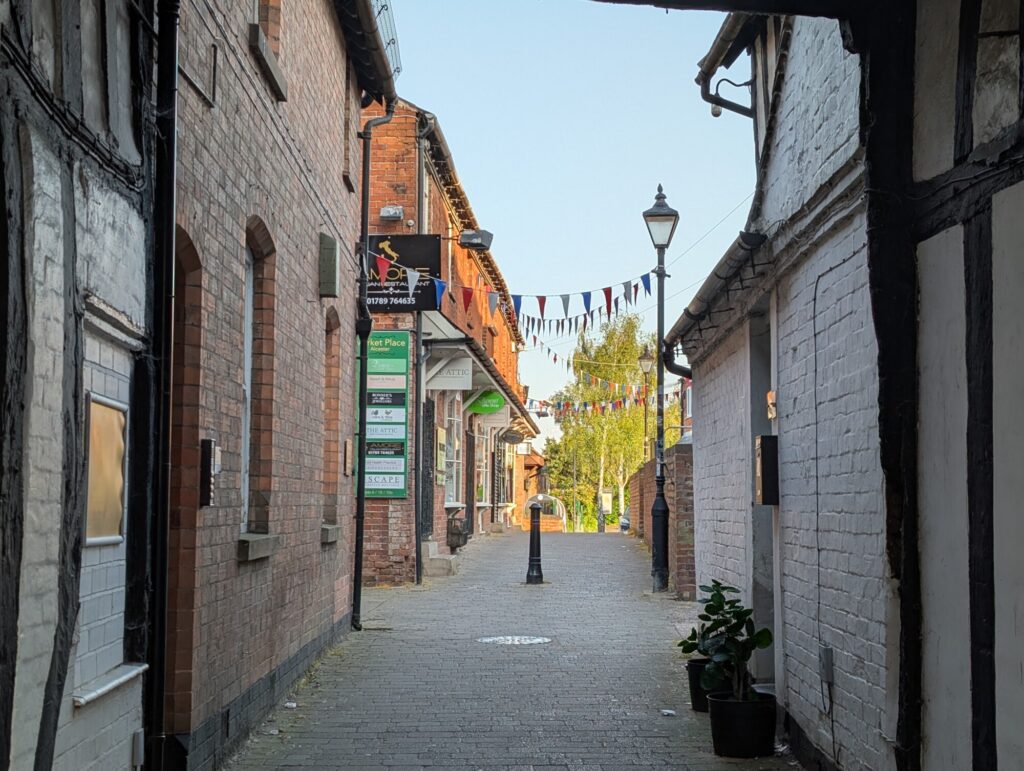
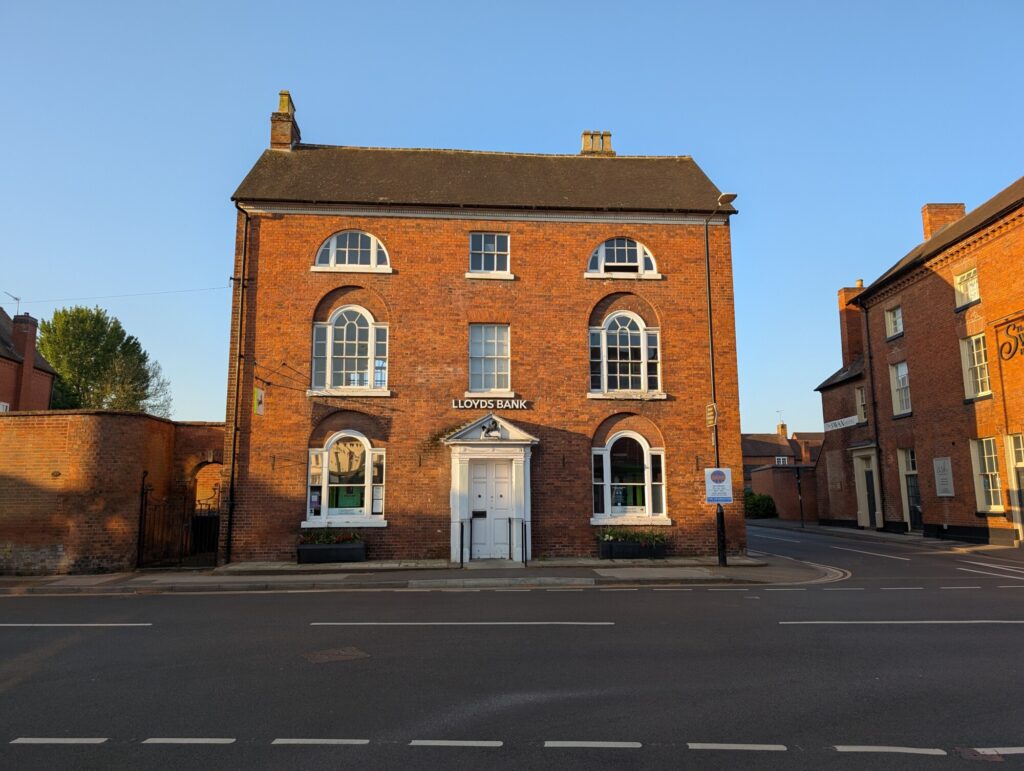
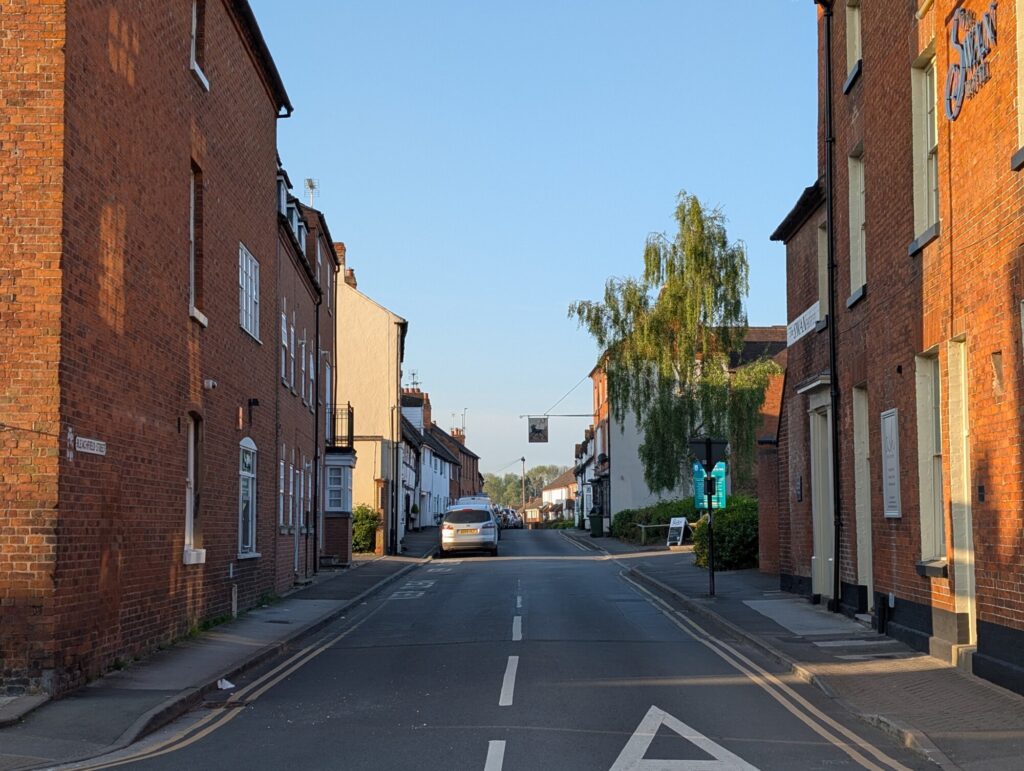
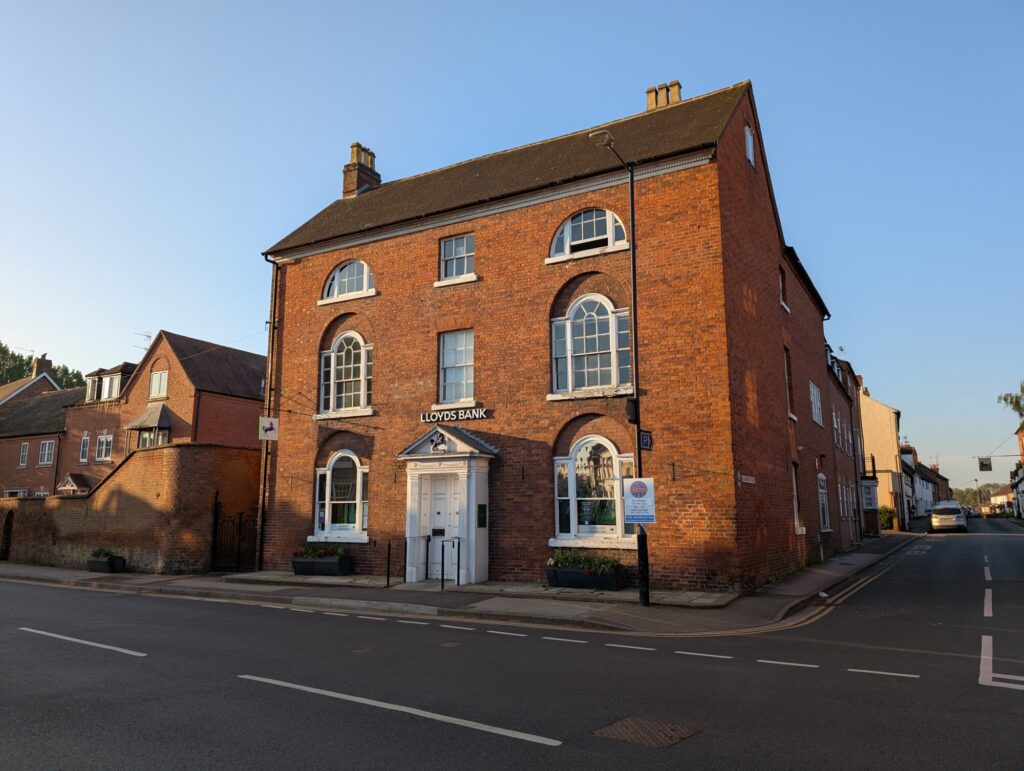
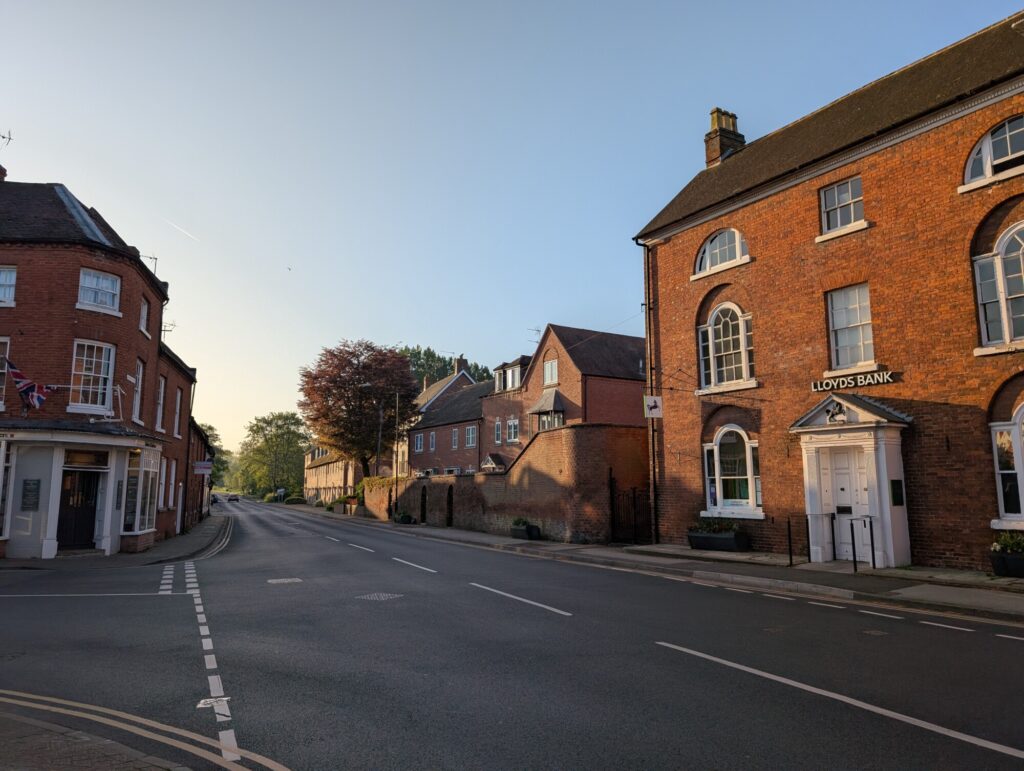
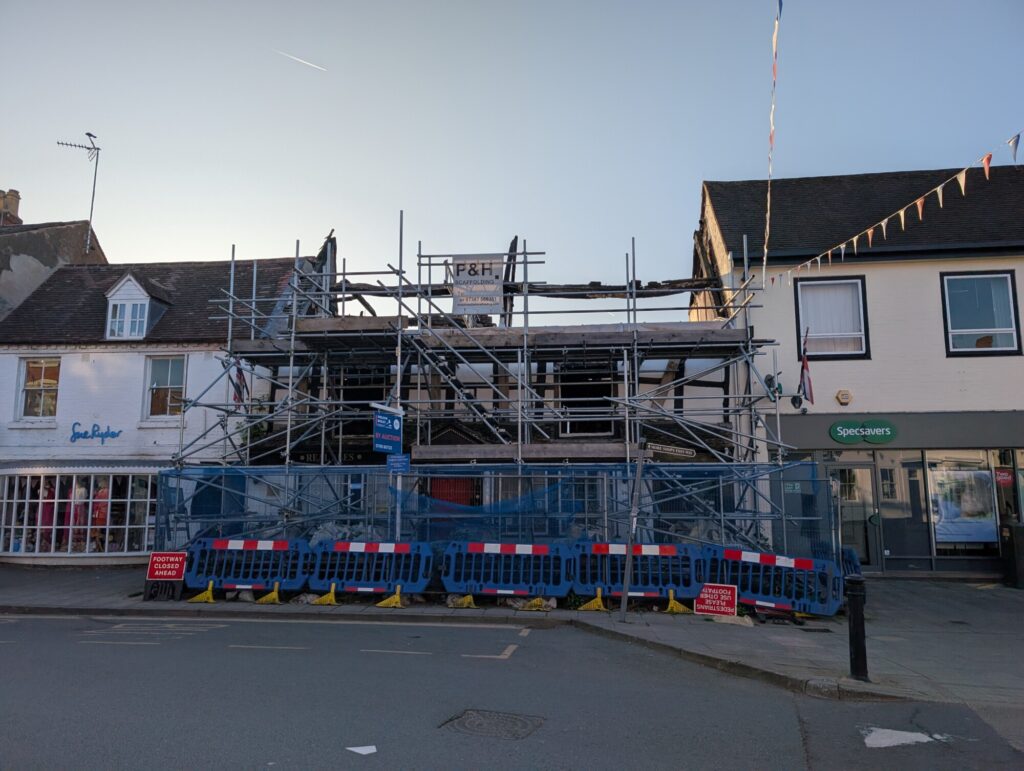
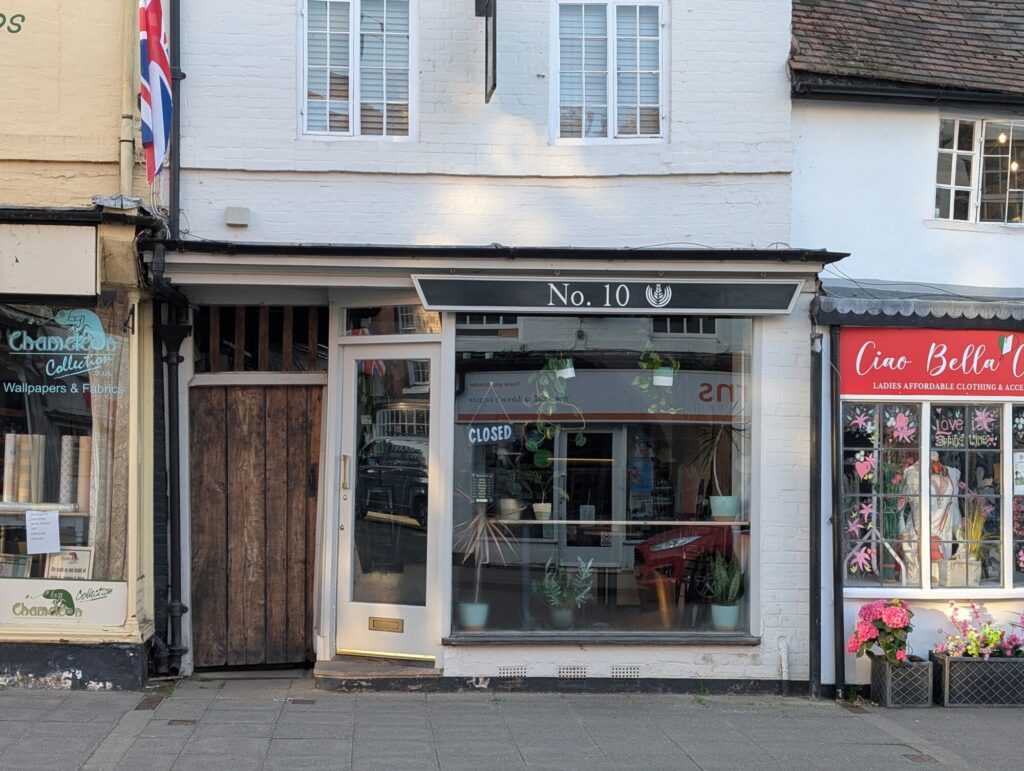
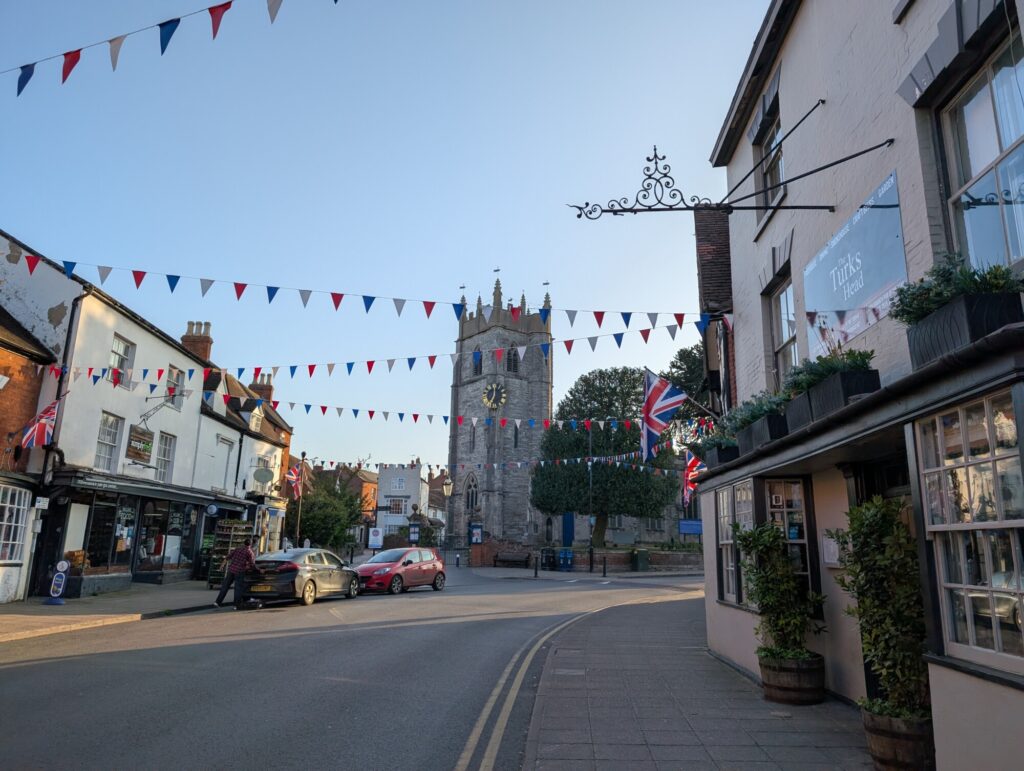
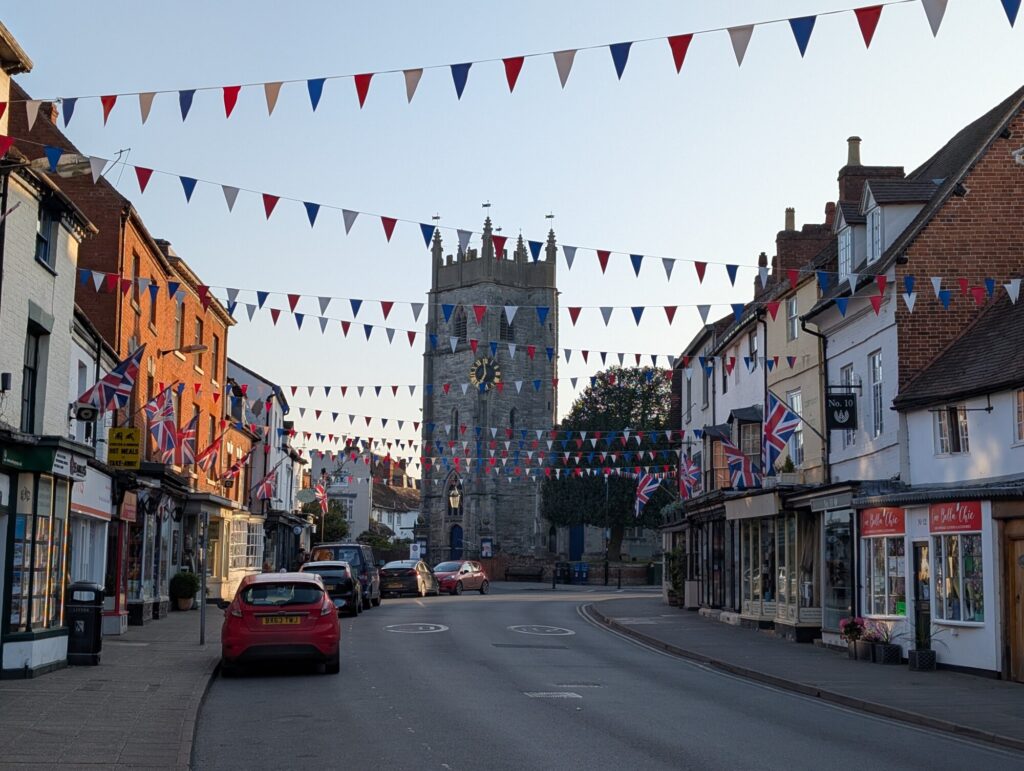
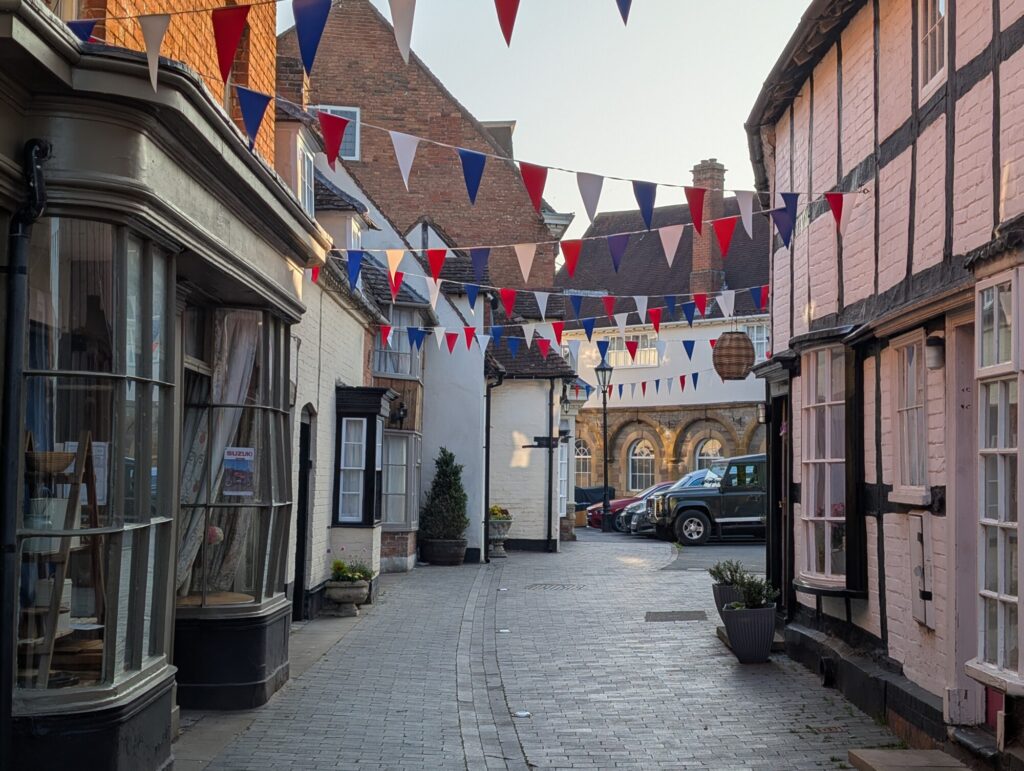
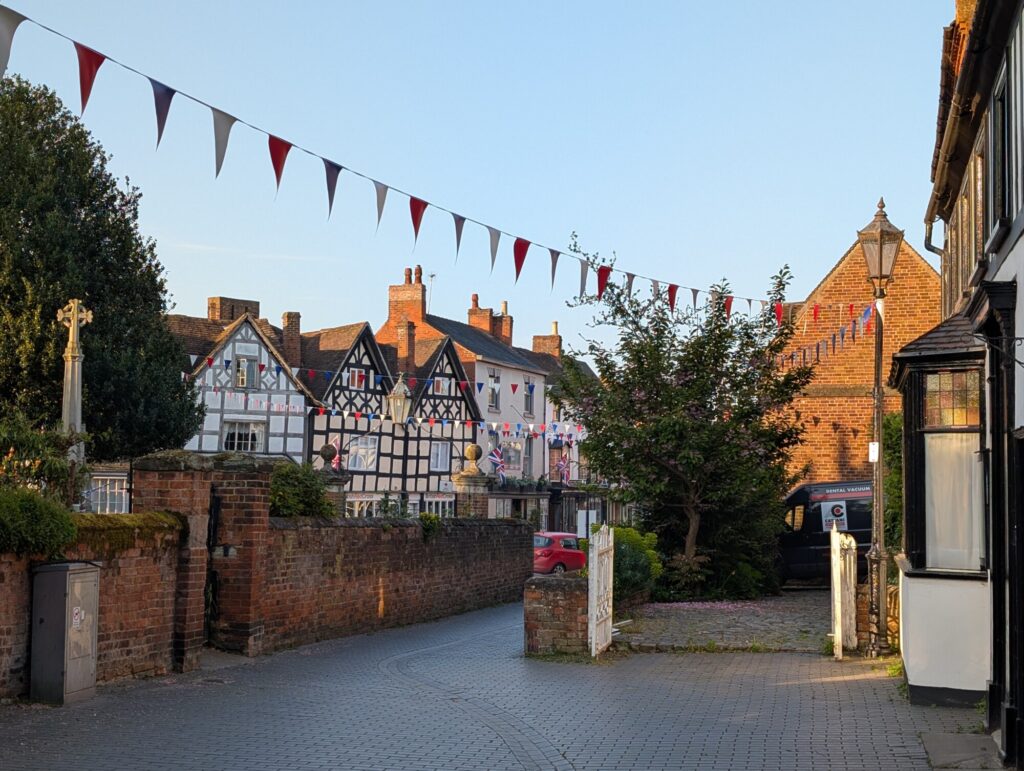
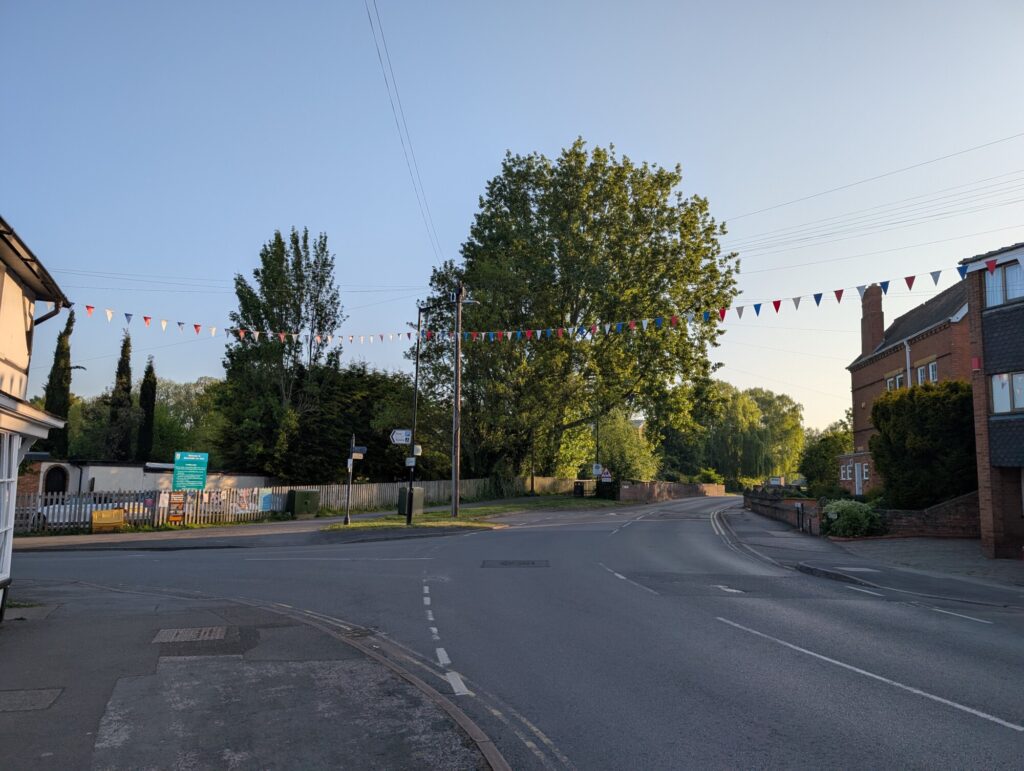
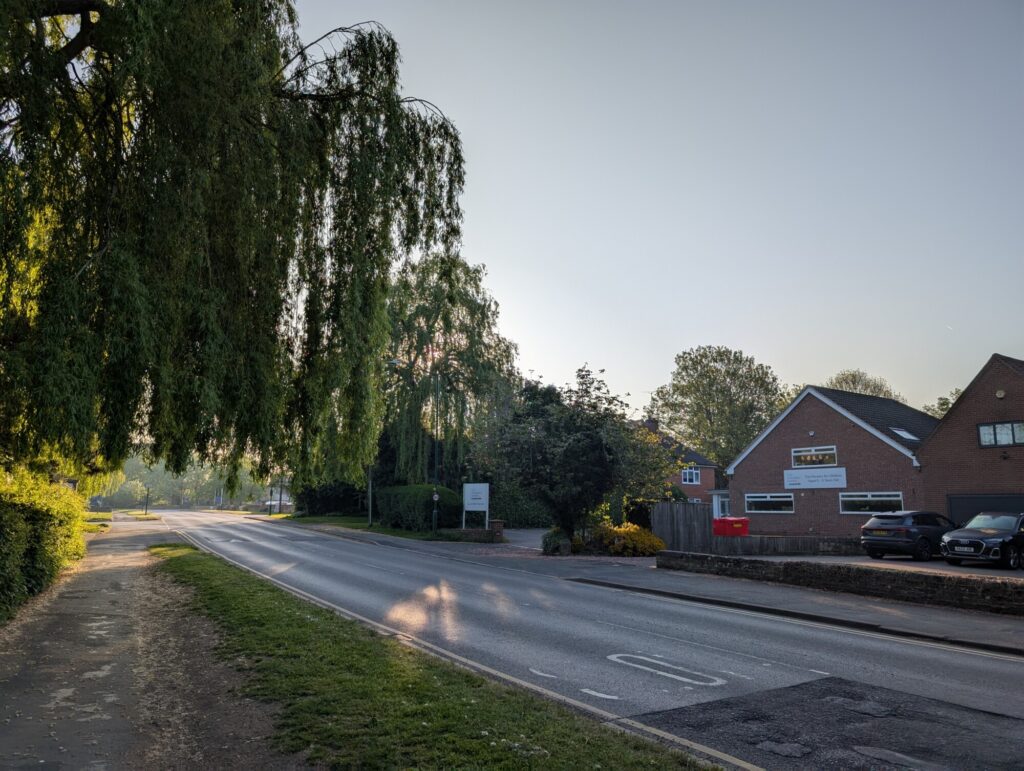
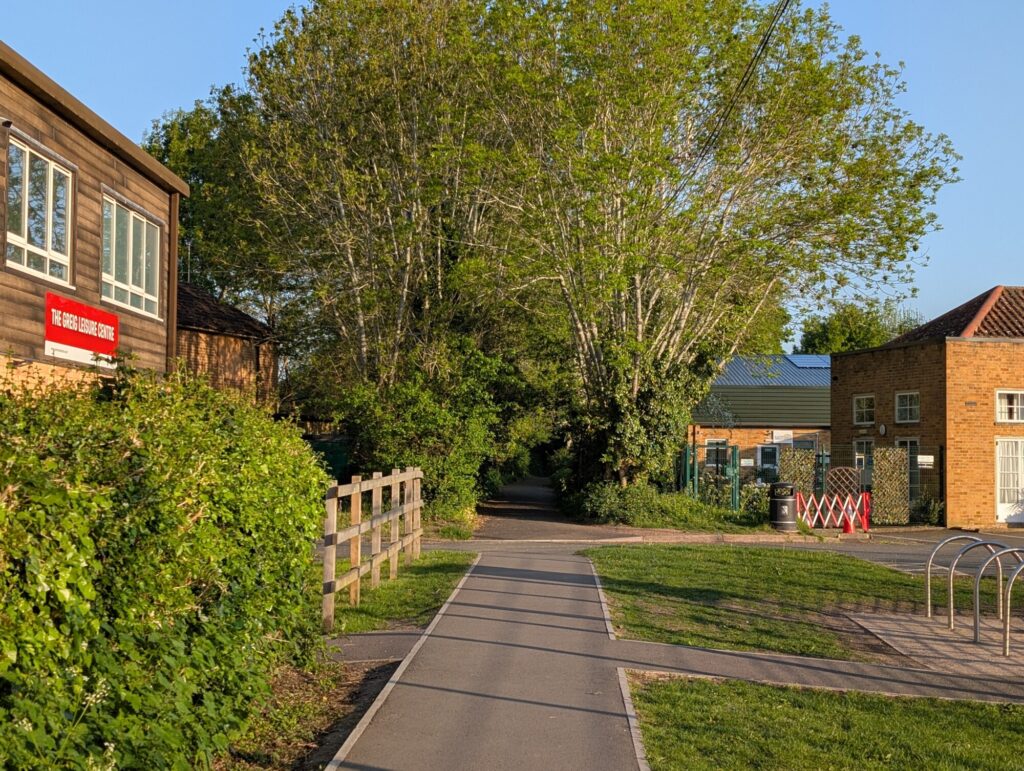
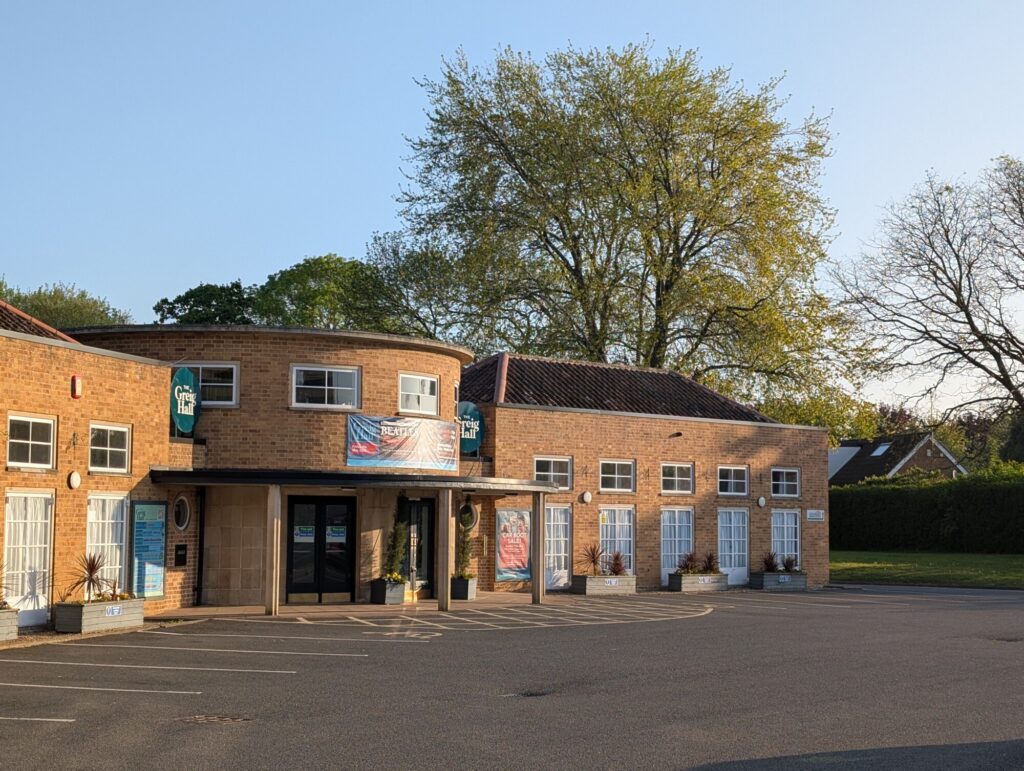
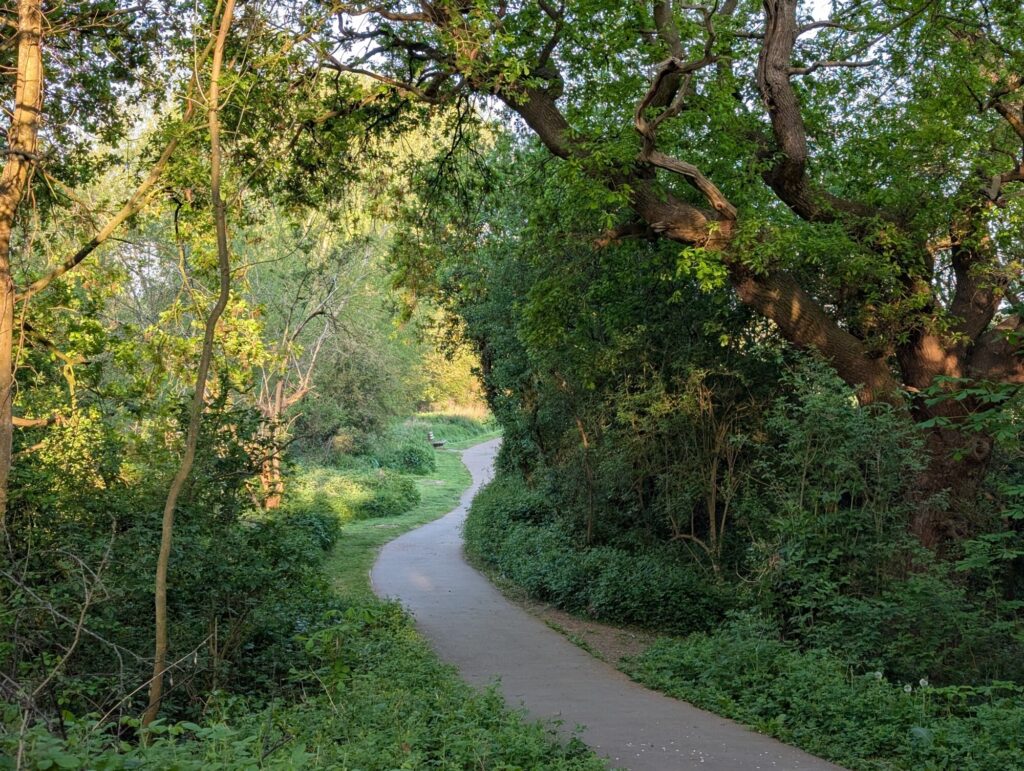
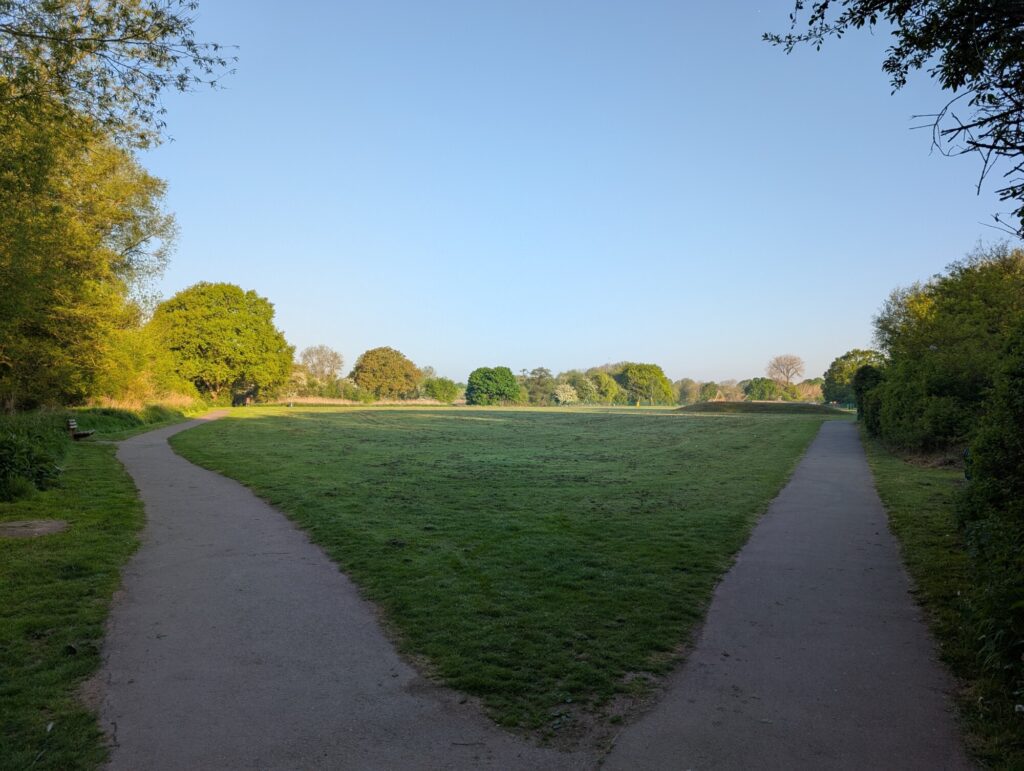

Some pictures from around Alcester on the morning of the local election day, Thursday the 1st of May 2025.























The Mount Inn, Stanton. You’d be forgiven for never knowing there was a pub here as it’s hidden right at the back of this charming Cotswold’s village.
A cosy 17th century pub with views extending as far as the Welsh mountains. And you can sit at the bar, too. A theme I’m seeing across Donnington pubs.
Drink of choice today was Donnington’s Cotswold Stout.


Some recent aerial pictures of the development site at Oversley Mill Services on the roundabout between the A435 and the A46 just outside of Alcester. There has been a fuel station here since 1990 and has previously been a BP petrol station with a car wash.
The current plans are for a new petrol station alongside additional electric vehicle charging bays, a new car park, car wash area, coffee drive thru and a brand new store called “Browns”, named after the owners.
In their own words:
Get ready to explore an amazing selection of food and drink, including all your favourite Co-op own brand ranges. But that’s not all! We’re also bringing you Browns Car Spa, offering a full range of car washing and valeting options to keep your car looking as good as new.
Whether you’re fuelling up for a road trip or stocking up your cupboards, Browns Food Stores is your one-stop-shop for convenience and quality.
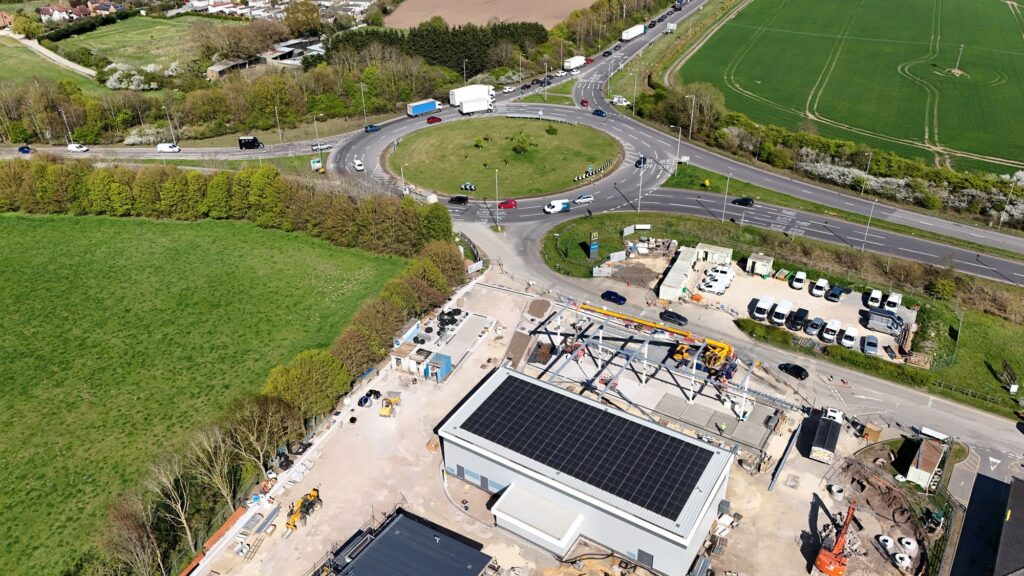
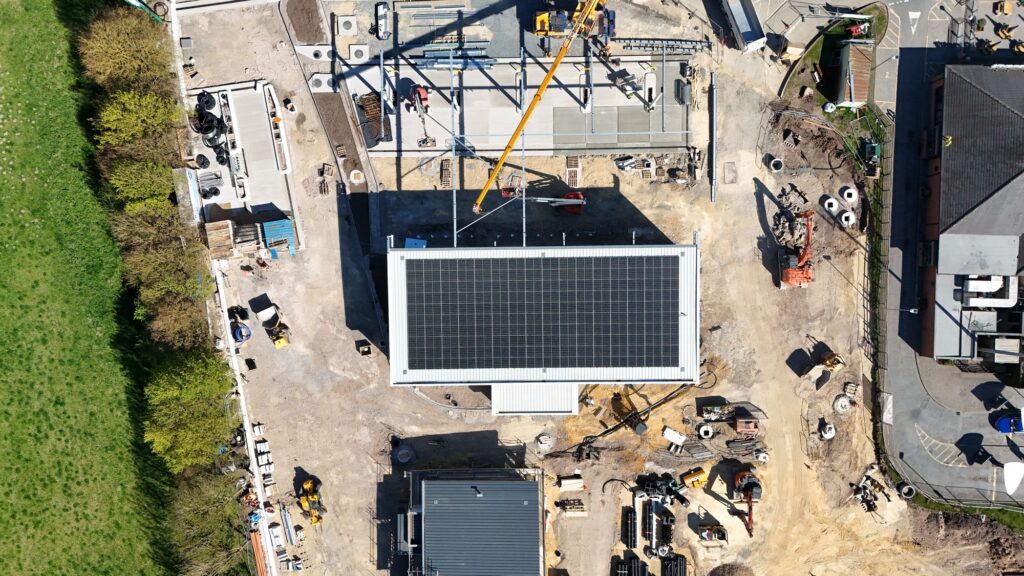
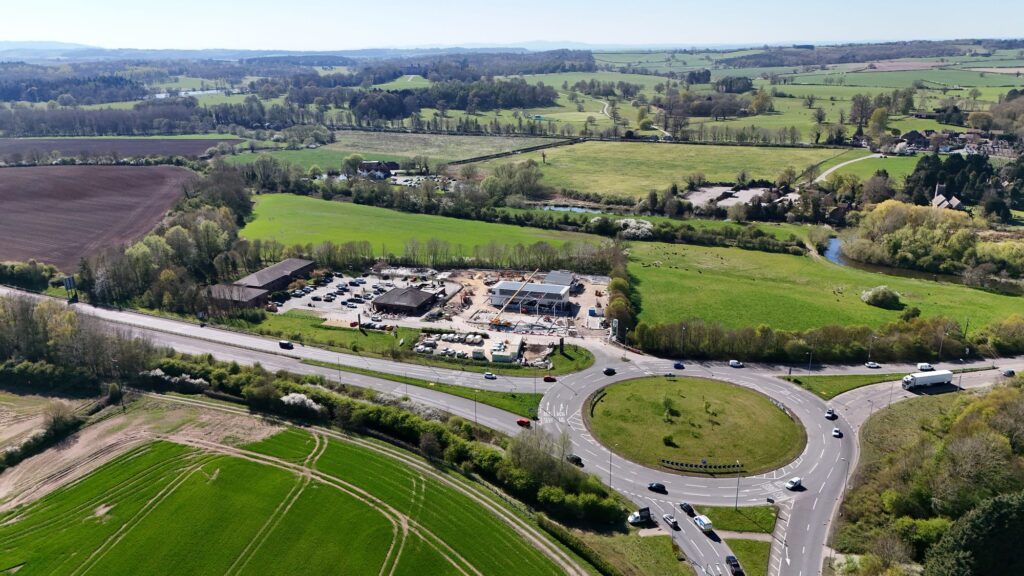
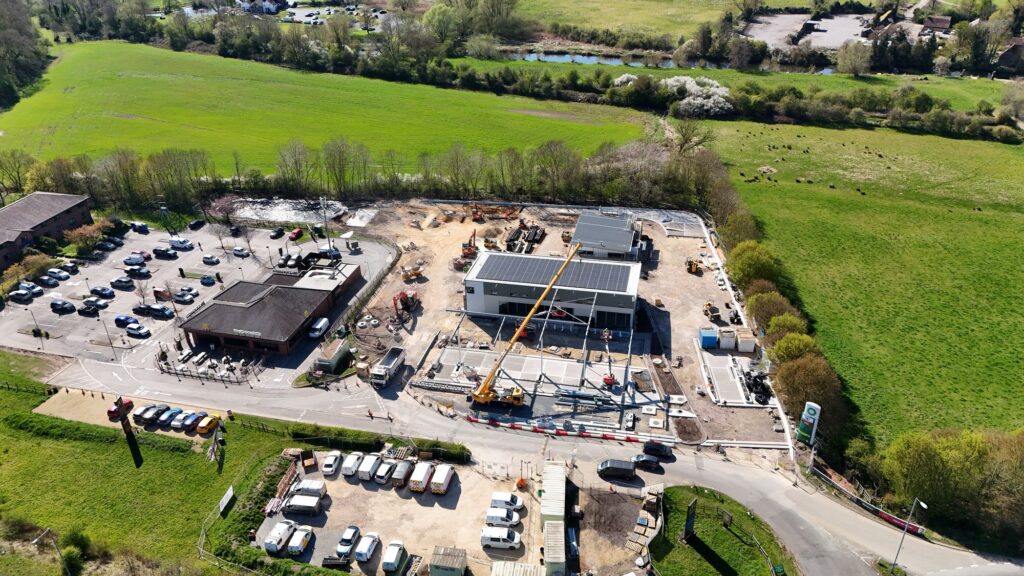
All pictures taken on the 7th of April 2025.
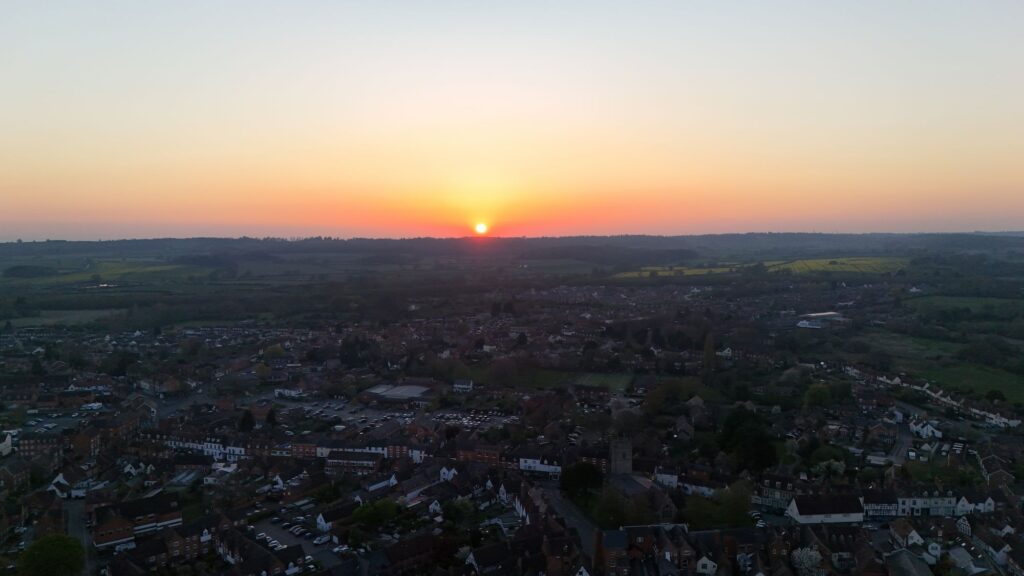
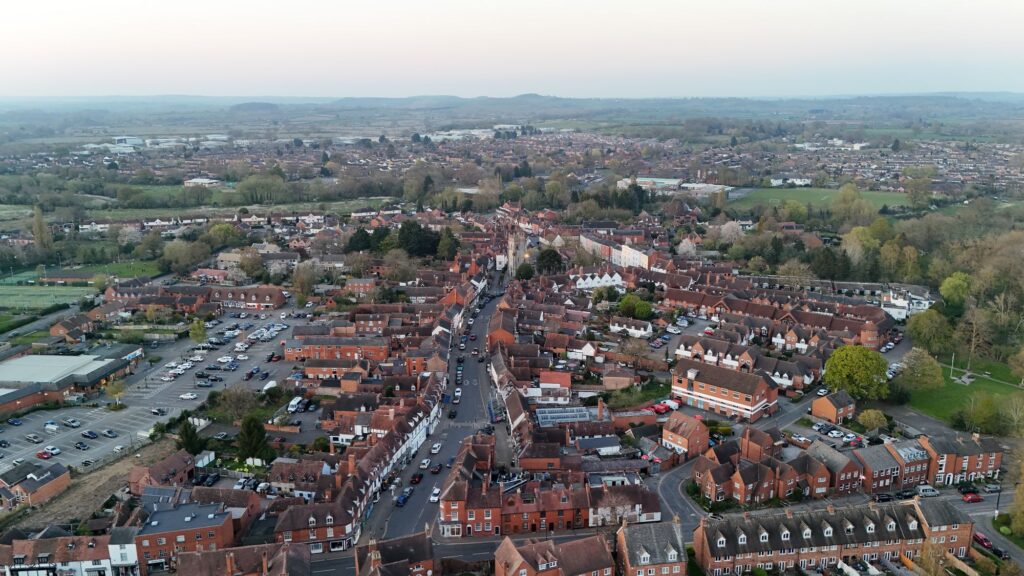
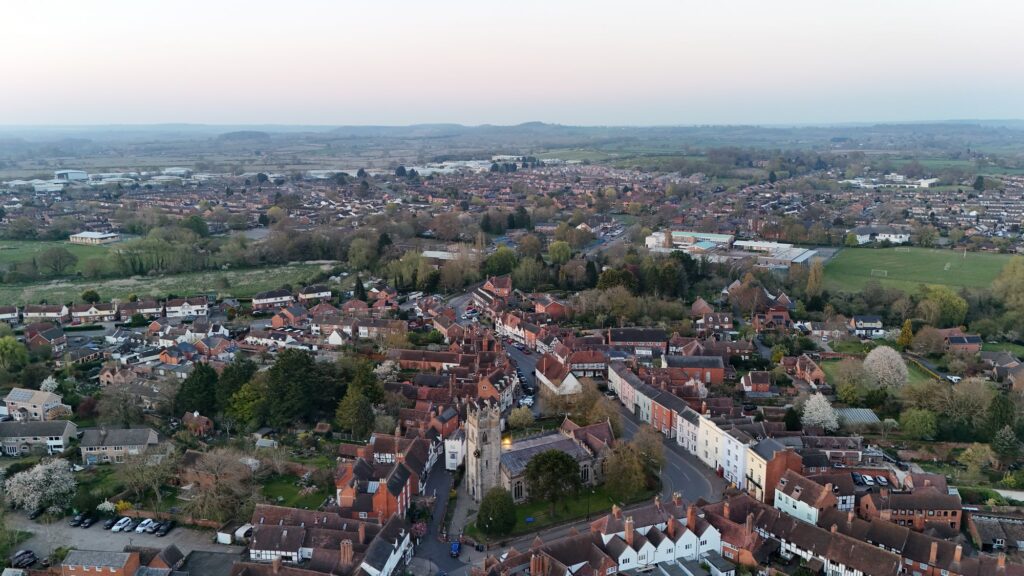




With the early spring weather still holding we started the next walk in this series just a week after the first from Kinwarton to Spencer’s Mill, this time heading from Great Alne to Aston Cantlow.
While the aim of this walking series is to walk sections of the line that are accessible to the public, unfortunately there are some parts that aren’t and so it isn’t possible to walk immediately east from Spencer’s Mill as parts of the line have been absorbed into farmland. Because of this we decided to start the walk from what I’m calling the Ford Railway Bridge at Great Alne.
To get to the bridge we followed the B4089 from Great Alne, turning right about 300 metres from the Great Alne Park junction.

The Ford Railway Bridge was one of four road overbridges on the Alcester Branch. It is now under the control of the Department for Transport as part of the Historical Railways Estate; a portfolio of more than 3,100 bridges, tunnels and viaducts that were once part of Britain’s rail network.
The bridge is the only remnant of the Alcester Branch under the control of the DfT. In Alcester the road overbridge carrying traffic on the Evesham Road over the former Midland Railway is also included in the DfT’s HRE portfolio.

The road up to the bridge is a single lane track. You can see the sides of the bridge as you approach it. The ford itself is on the other side of the bridge.



On ground level the bridge, its beams, stonework and abutments are clear to see. Trains would have steamed through here in both directions. The line is now overgrown, filled with what looks like items from fly-tipping.

The walk continued onwards towards Aston Cantlow. You can see the side profile of the embankment in the picture above. It is flanked by fence posts and trees grown since its abandonment.
There is a brook between this field and the next. Guarded by two wooden stiles either side of two long planks over the brook. The Alne twists and turns here around a caravan park.
Following this footpath takes you onto the embankment of the line.
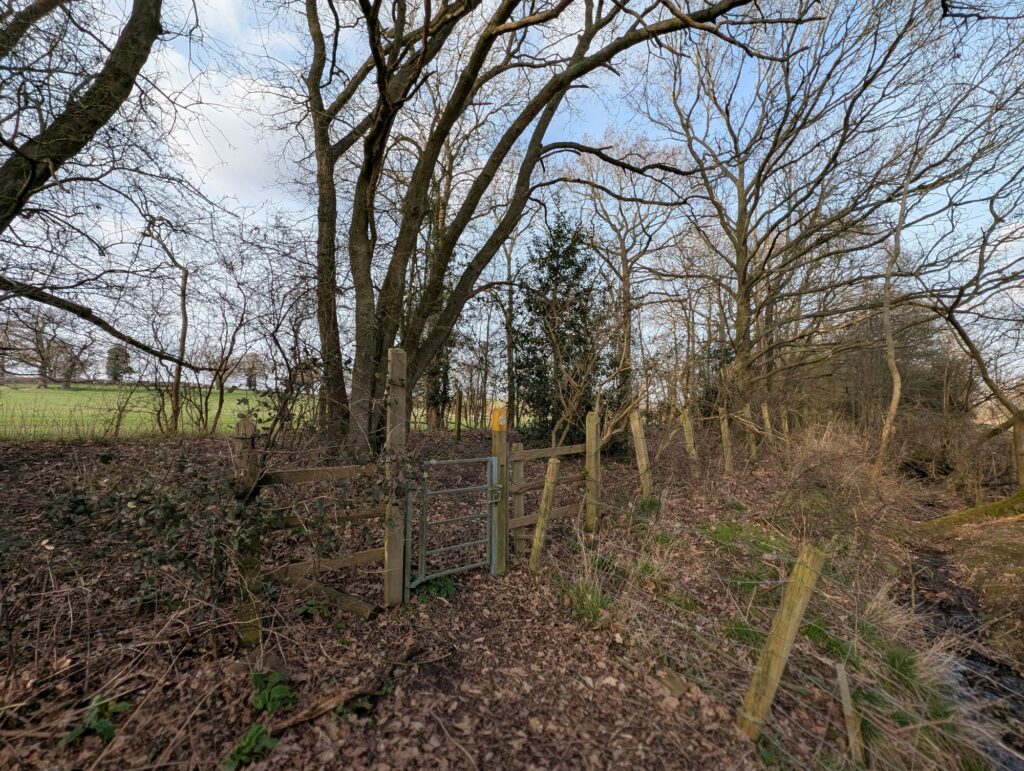
Note: According to the book “Alcester Branch: ISBN: 1 905184 05 0”
“The line was carried over the Aston Brook by means of a twin-span girder bridge at 2 miles 15 1/4 chains”.
I didn’t see the bridge mentioned and can only assume the brook pictured above is said “Aston Brook”.
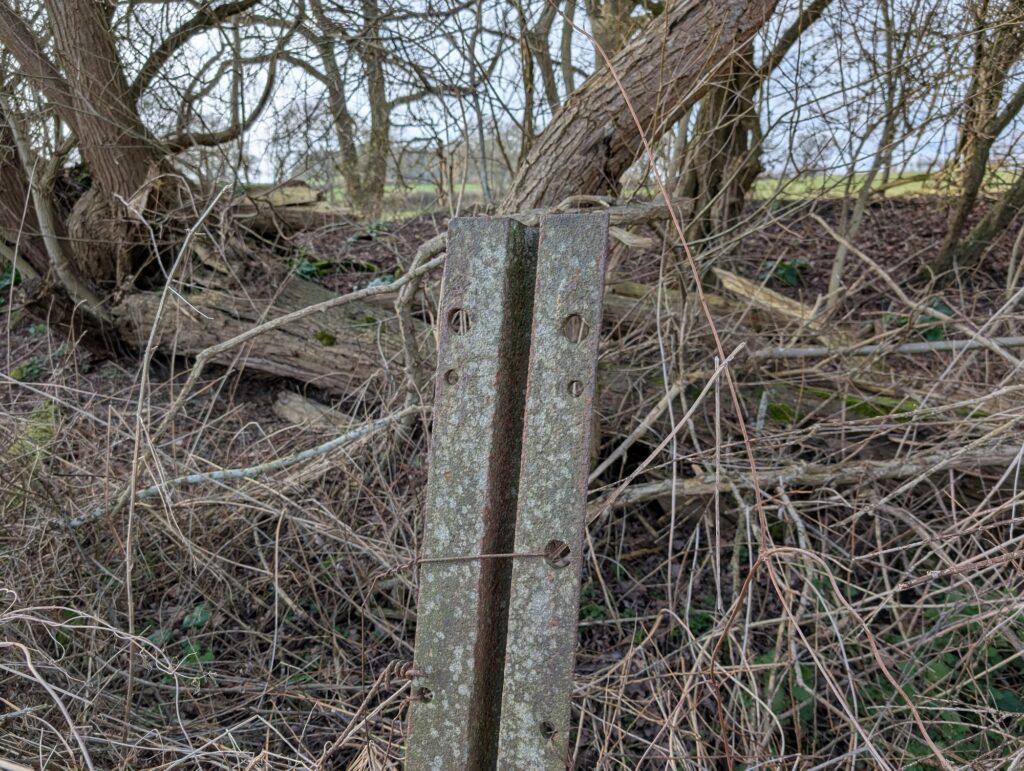
A small observation made as I walked on the outside of the embankment was this piece of track. I assumed, erroneously, that it was once used on the Alcester Branch and later re-used perhaps by a famer. I have since learned that it was common for GWR to re-purpose rail tracks for fence posts. The track pictured above is a broad-guage “bridge” rail track and likely dates to the creation of the train line.

The embankment today is overgrown with trees.


The Alne hills and Aston Cantlow providing a scenic view looking out from the embankment. This is the scenery passengers would have enjoyed on their journey’s.

Following the track to the river was a difficult task as we navigated through the overgrowth. The river bridge came into view, a 43ft long steel girder bridge supported by brick piers. You will notice the three flood arches on the north bank.

According to the Alcester Branch book:
“The structure was severely damaged by flooding in January 1901 when the Rivers Alne and Arrow burst their banks. The main bridge girders were washed away and deposited in the river alongside the abutments, whilst the brickwork in the flood arches was badly cracked. The bridge was rebuilt with new girders and to this day the original ones lie in the bed of the river where they fell..
The structure underwent further extensive repairs in 1926 when the bridge was redecked with 9in timbers and additional stiffness, gussets etc.”
The original bridge is sitting at the bottom of the Alne somewhere.



From the bridge we then doubled-backed on ourselves and followed the path towards the caravan park. There is a small foot-crossing here.
From the caravan park we followed the path towards the Church and then to the pub for a well-deserved refreshment.
Date of walk: 1st of March 2025
A few pictures of Tower Bridge and other key London monuments from the air last Wednesday (5th of March).

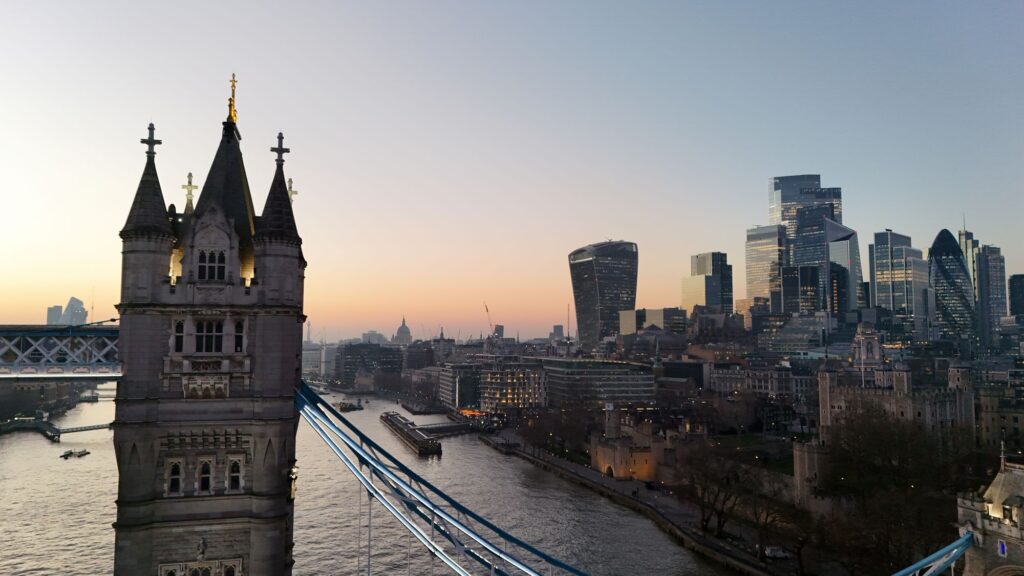



With my recent interest in the Alcester Branch railway I thought it would be good to see more of the line for myself, especially after reading the brilliantly informative book, The Alcester Branch (ISBN: 1905184050). Using maps from the book, I traced the line on recent satellite imagery using public footpaths where possible. And it turns out there is a public route from Kinwarton to Great Alne.
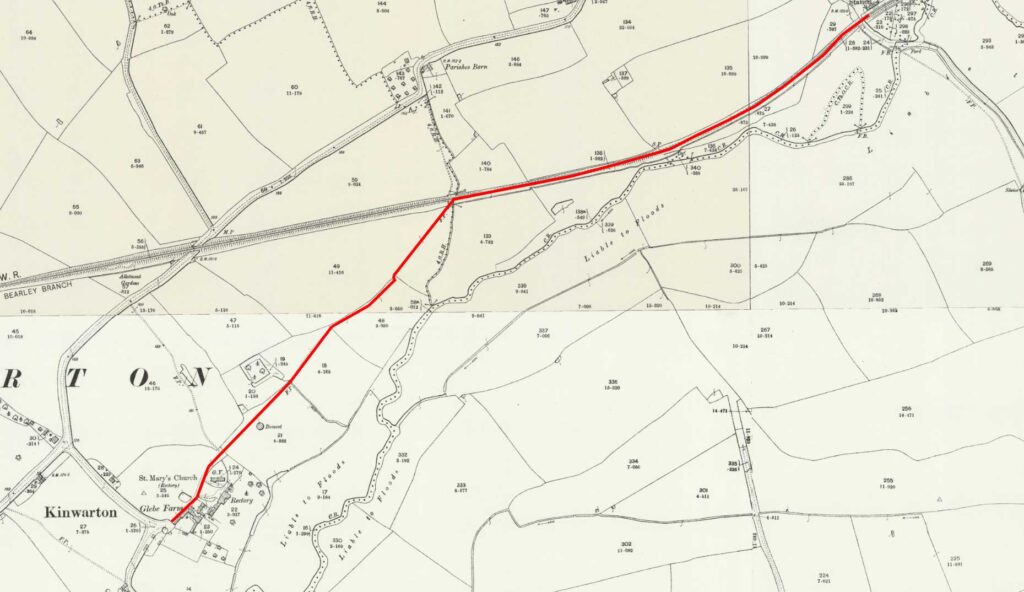
The walk starts at Kinwarton heading north east past the Old Rectory and Church. The path then goes through the Dovecote field and then another field which is divided by a hedgerow. This hedgerow follows the route of the old line towards what is now a walking trail in a woodland nature reserve. This section of the route is on the embankment, built for the rail line and at certain places is only metres away from the Alne river which curves towards the track and out again.
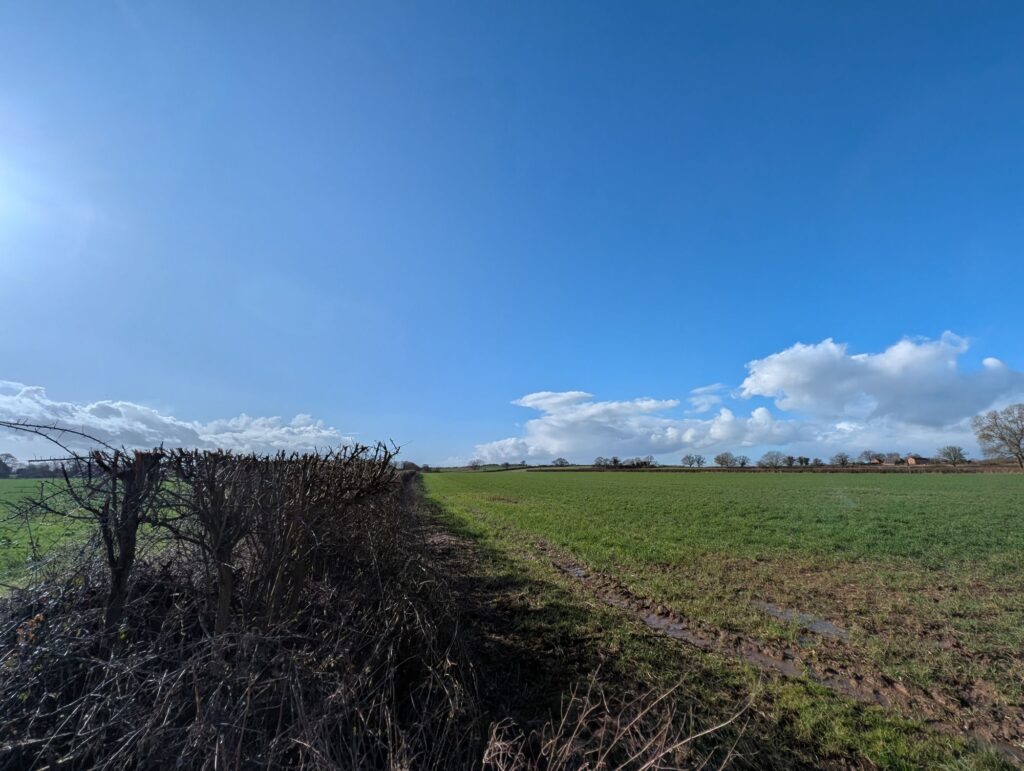
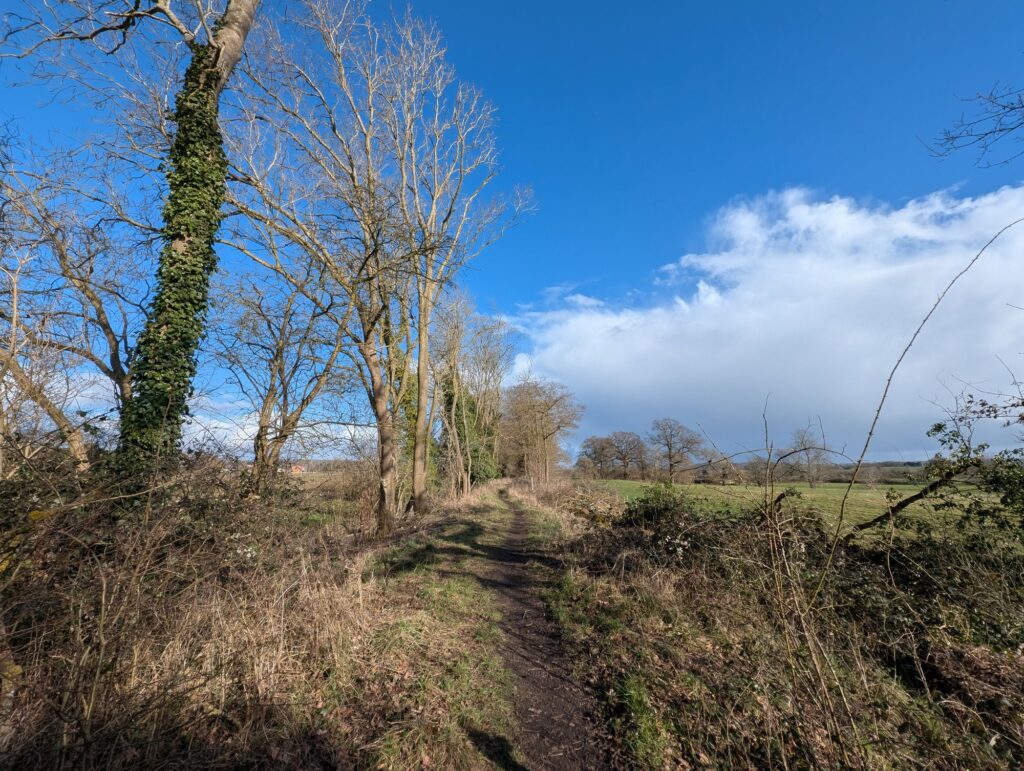
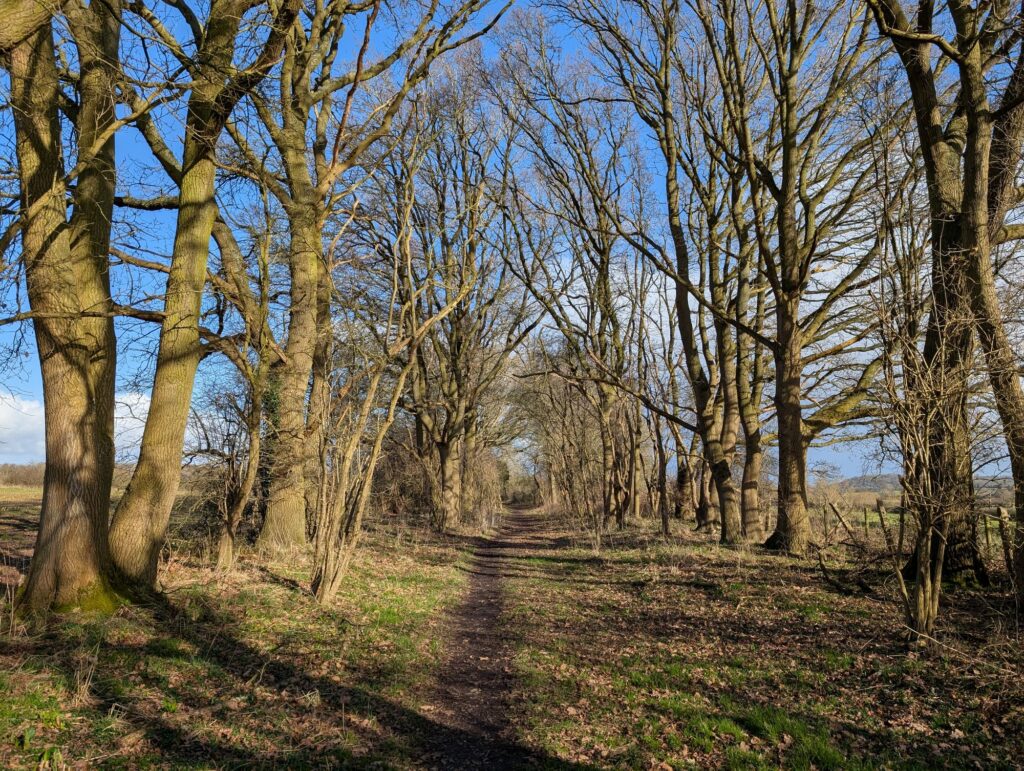
The walking trail continues for about 700 metres before reaching Pelham Lane and what was the old Station house at Great Alne (now a residential house called Station House).
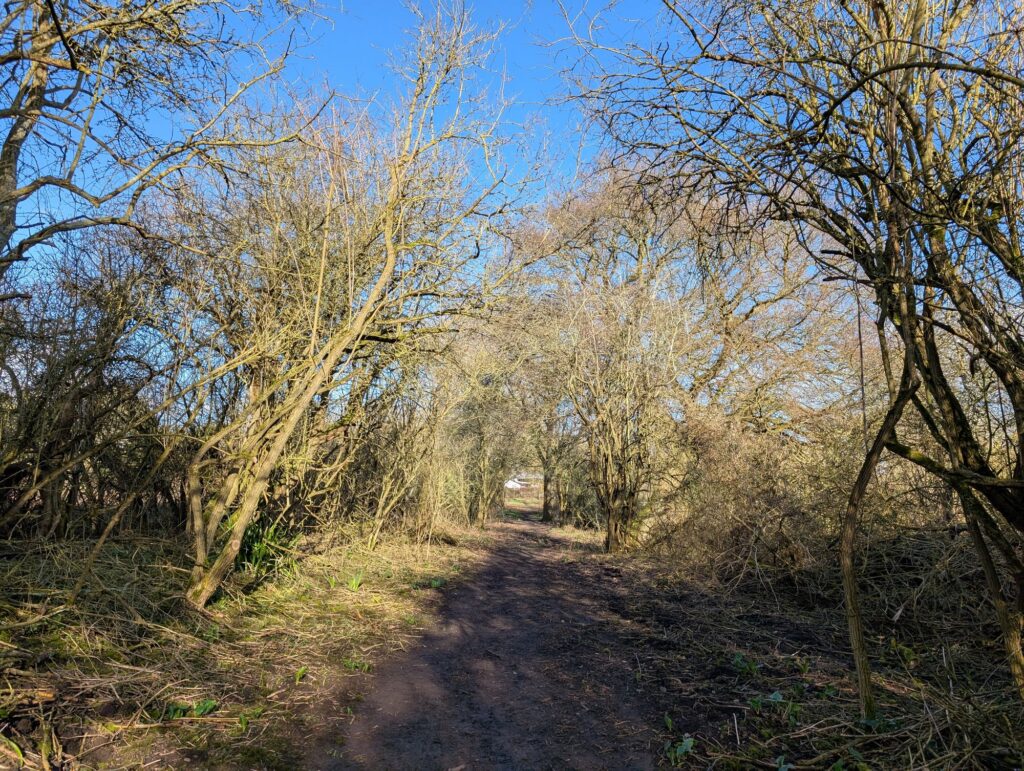
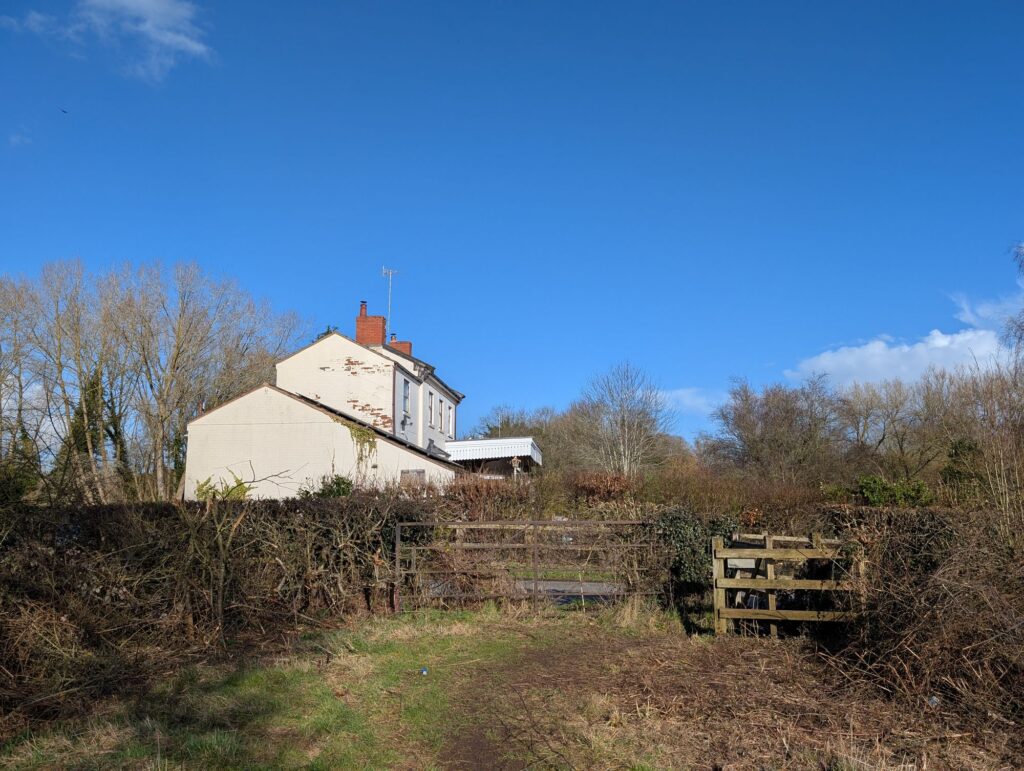
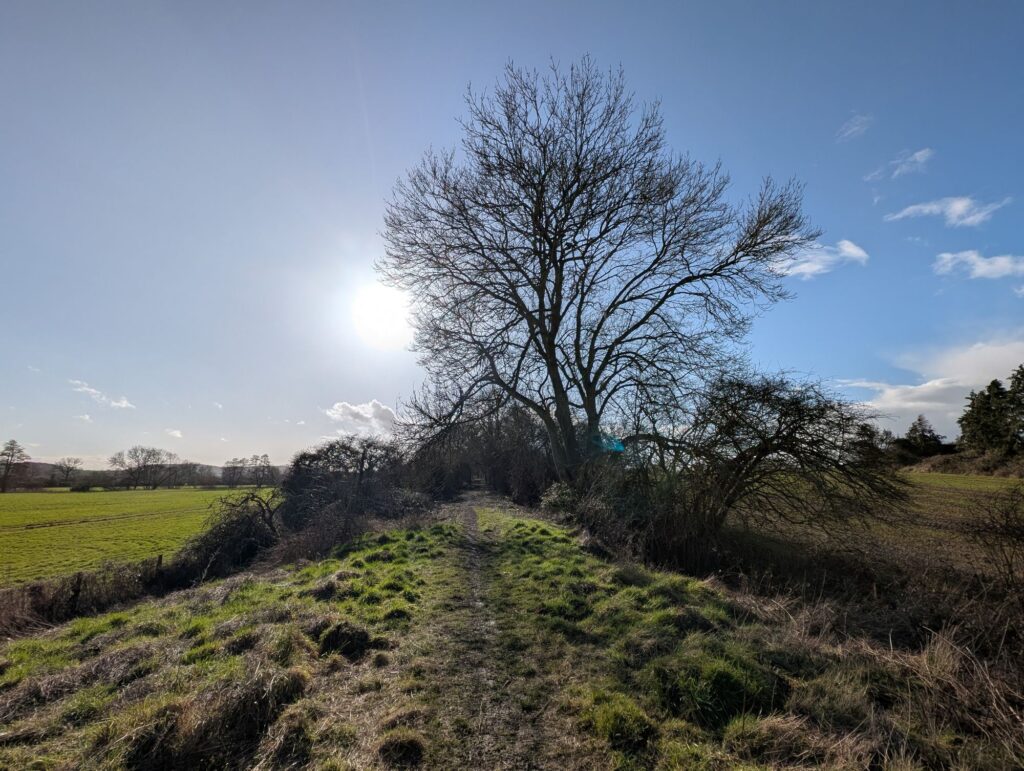
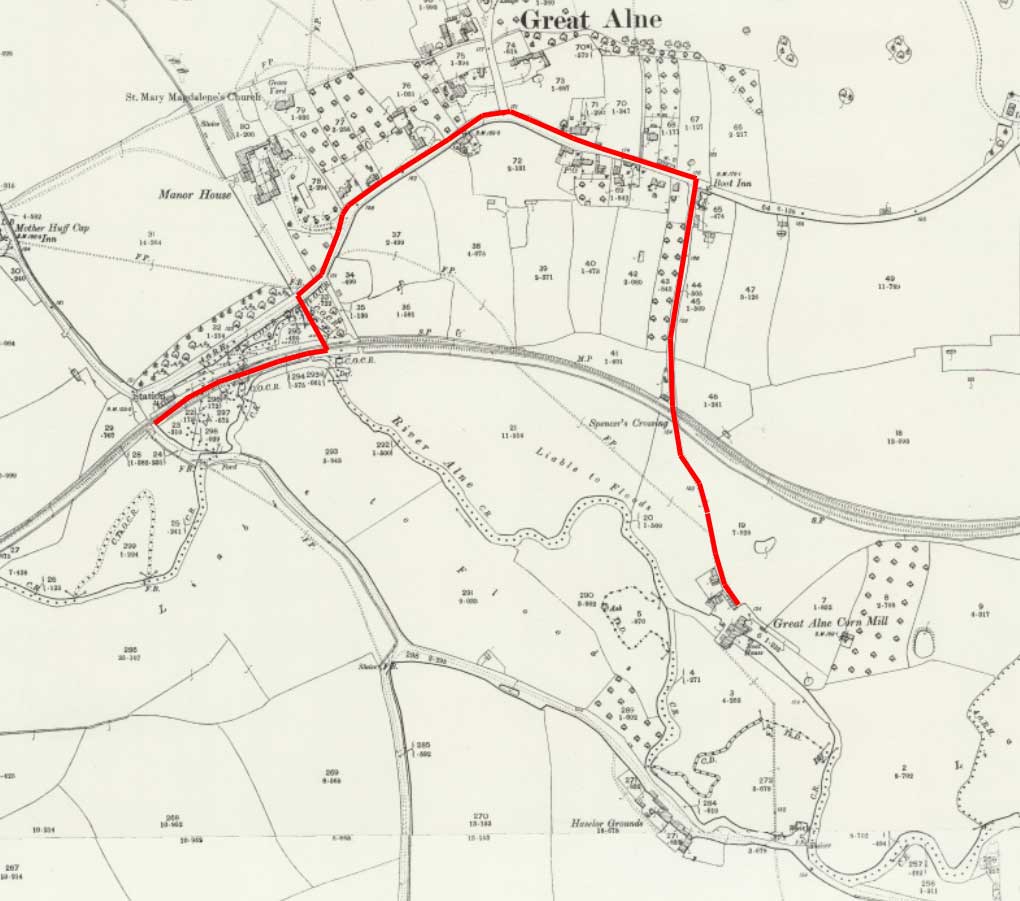
Across the road at Pelham Lane is a woodland conservation area called Coffee Pot Wood. Appropriately named after the nickname for the train that used to roll though here all those years ago. The path takes you through a woodland trail of sorts but only follows the line for a short period before turning off on the Henley Road.
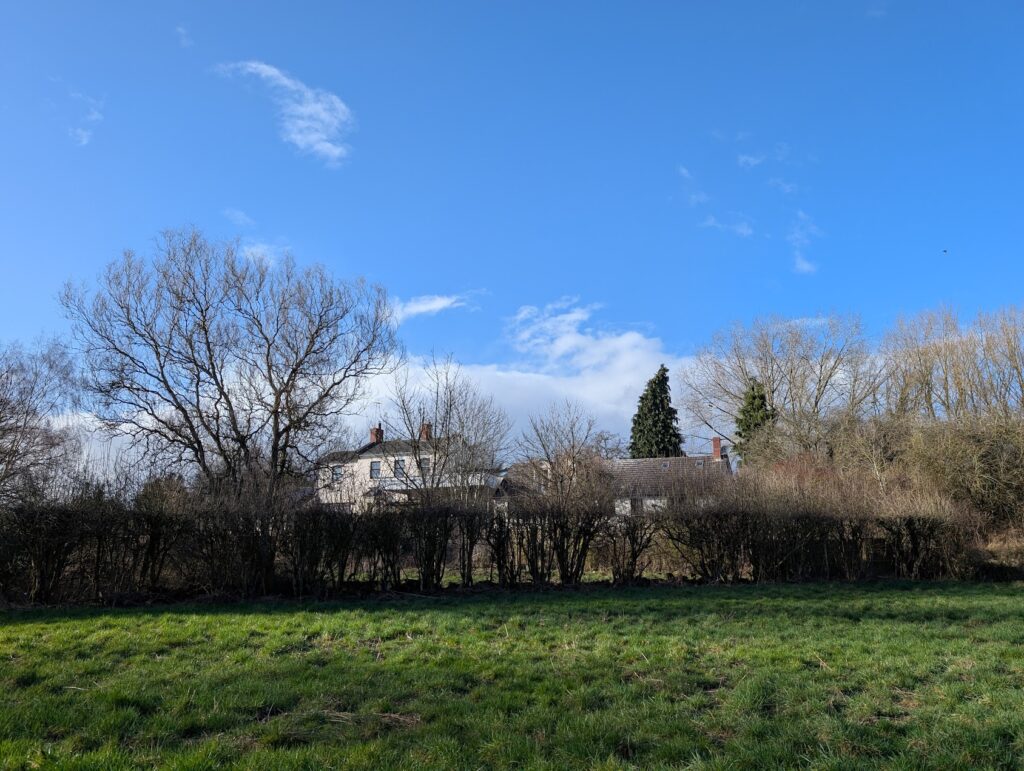

Some parts of this section of the line now run through private farms so I walked on the Henley Road towards Mill Lane.
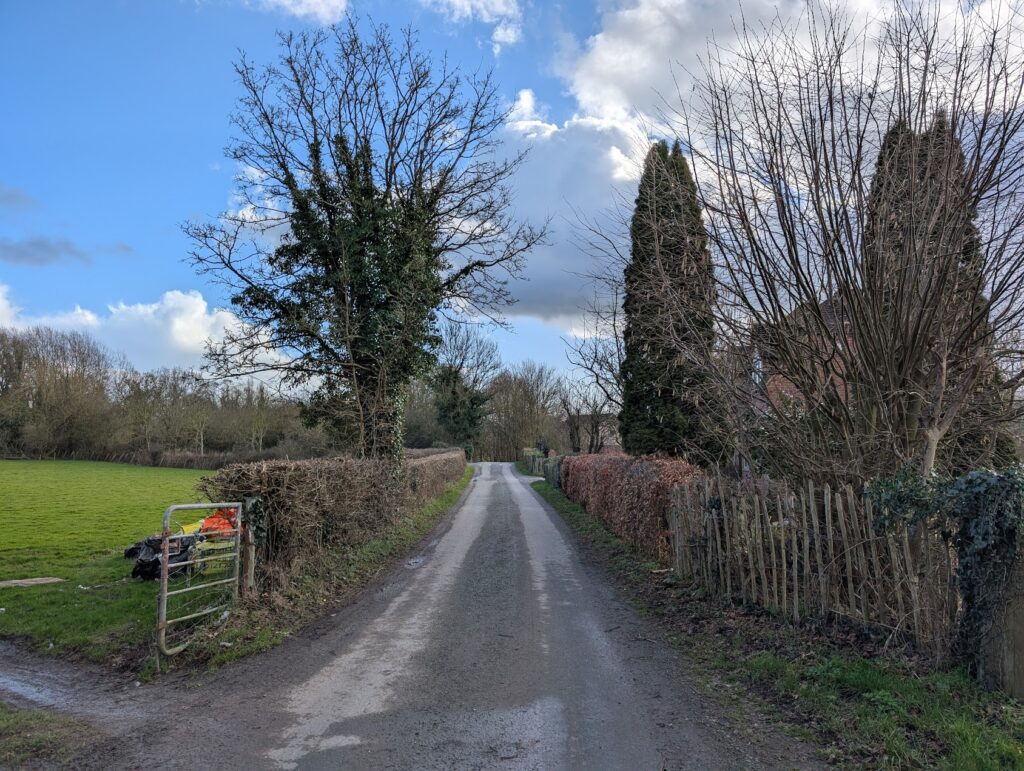
The contour of the line reveals itself once again at Spencer’s Crossing. It runs through private fields on either side so it’s not possible to walk the line here. Further down Mill Lane is of course the old Mill which no longer operates as a mill. It was once run by the Spencer family which is where the name Spencer comes in for the crossing.
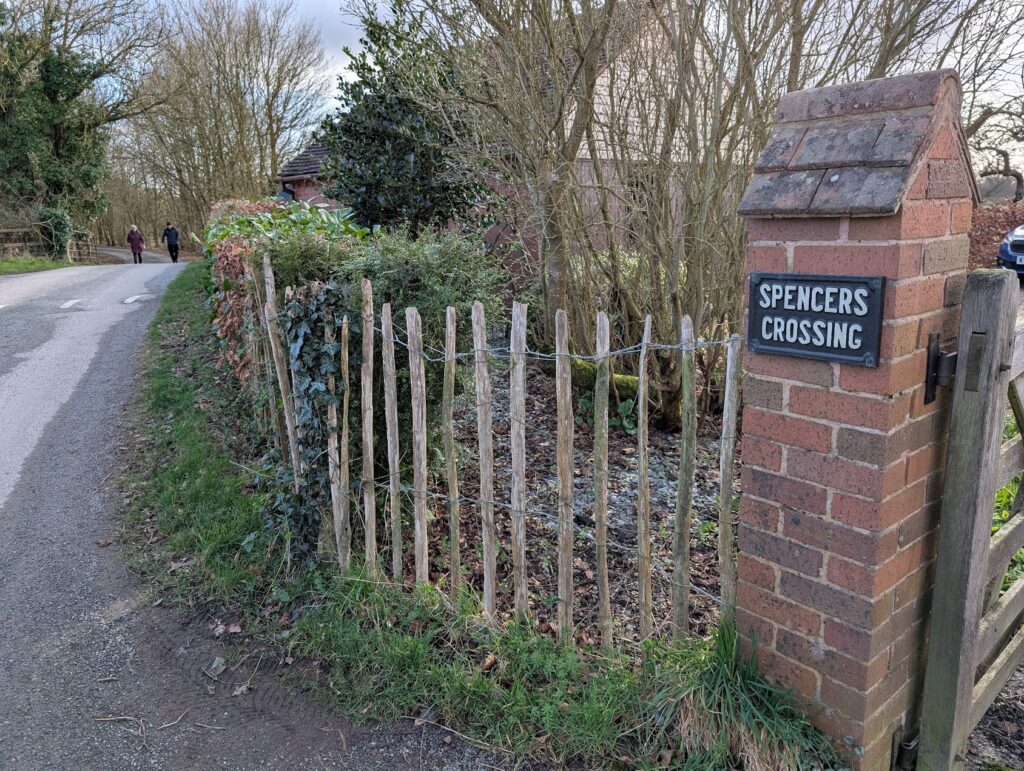

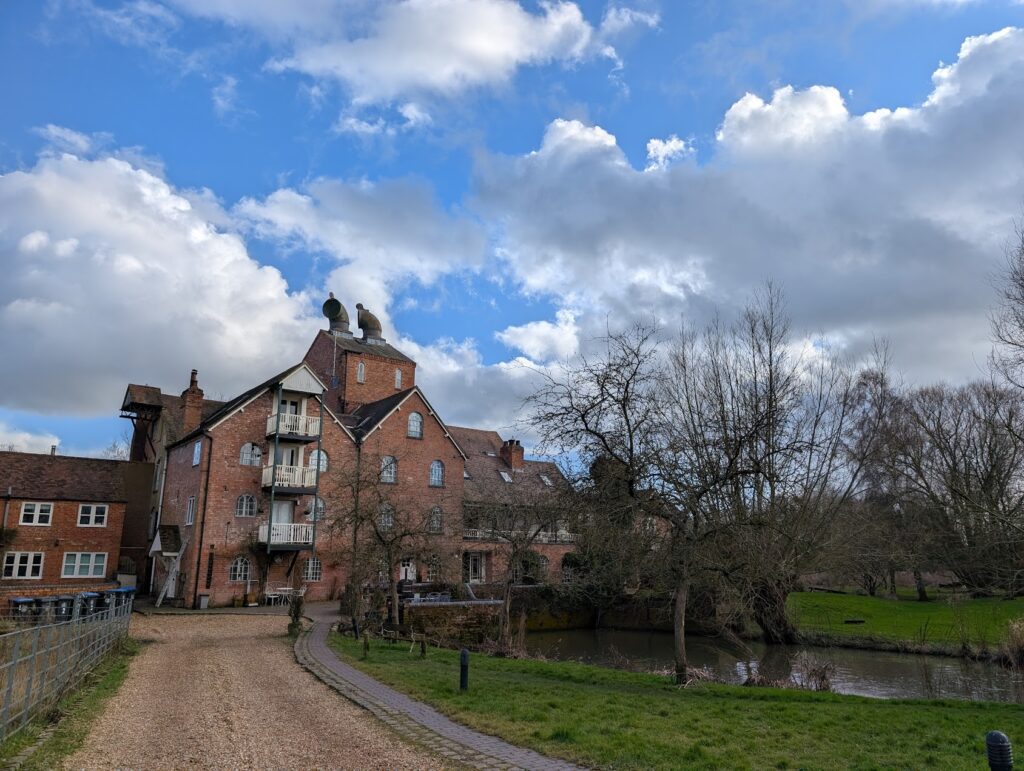
This was a good walk. Though I would mention that the fields at Kinwarton can be quite muddy in the colder months so wearing the right footwear is essential.
Date of walk: 22nd of February 2025
There was once a railway line that ran from from Bearley to Alcester. The line opened in 1876 and connected Alcester into the Great Western Railway network. Trains ran from Bearley, winding their way through the Warwickshire countryside through the villages of Aston Cantlow, Great Alne and Kinwarton before ending up at the Alcester.
Constructing a railway line provides challenges – the navigation through existing infrastructure – buildings, rivers and in the case of the Alcester Branch public roads. One of the roads in question was the B4089. This road ran connected Alcester to Wooten Wawen and would intersect with the line at Kinwarton, close to the Coughton Fields Lane junction. To overcome this problem an underbridge was built which you can see in the aerial photograph below.
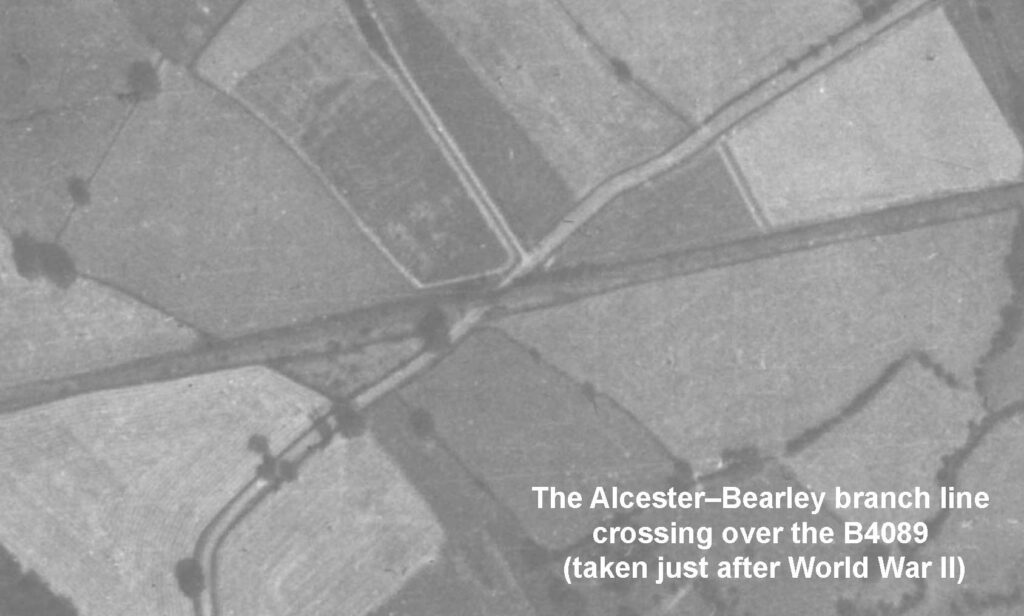

Fast forward to 1960 and the bridge is still standing despite the line being inactive for almost a decade. The photograph above (taken near the Coughton Fields Lane junction, in the direction of Alcester) reveals that this was a “skewed iron girder” bridge. Notice the red and blue brick pattern, similar to that used on the three-arched bridge over the deep cut over Gerrards Bank.

At this point the line was likely owned by the British Transport Commission as by February 1961 the land from the bridge over Gerrards Bank up to the B4089 was transferred from them to Alcester Estates. A small piece in the Tewkesbury Register & Gazette from the following month confirms the removal of the bridge.

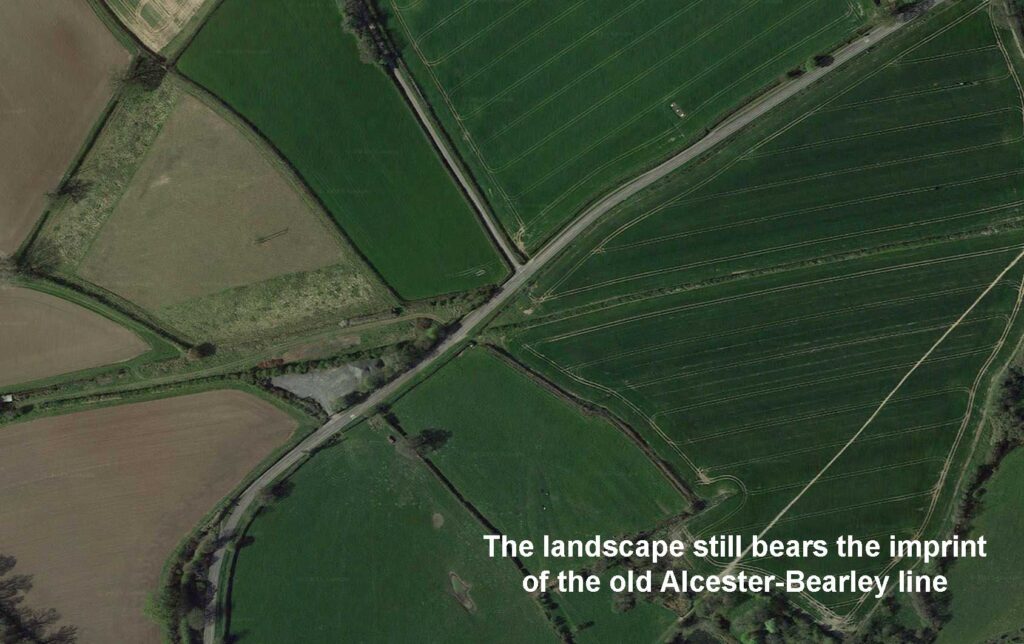
It is easy to see the imprint of the line on the landscape some 70 years after it was last used. A lasting reminder of this fascinating piece of local history.
In late summer 2016, I enjoyed a 2.5-mile circular walk from the historic Kinwarton Dovecote, taking a clockwise route towards Alcester.
My walk began at the Dovecote, a fascinating example of a medieval dovecote. From there, I headed towards the River Alne, and following it towards the picturesque Hoo Mill. Reaching Hoo Mill, I crossed the footbridge and continued towards the Stratford Road.
As I approached Alcester, the Centenary Field came into view with St Nicholas providing a nice backdrop. Walking through the high street I managed to stop and take a few pictures. One of which you will see on this page – although the scaffolding did ruin it slightly.
I had never really stepped foot inside the church other than for a ceremony. So it was nice to explore a little – there are many things of interest in here – with the obvious one being the tomb of Sir Fulke Greville.
While the 2.5-mile route is easily manageable, it does include a short section across fields, so wearing appropriate footwear is advisable. The majority of the walk, however, follows well-maintained paths, making it a relatively easy and accessible ramble for most. This walk provides a lovely blend of history, natural beauty, and town charm, offering a wonderful glimpse into the heart of Warwickshire.







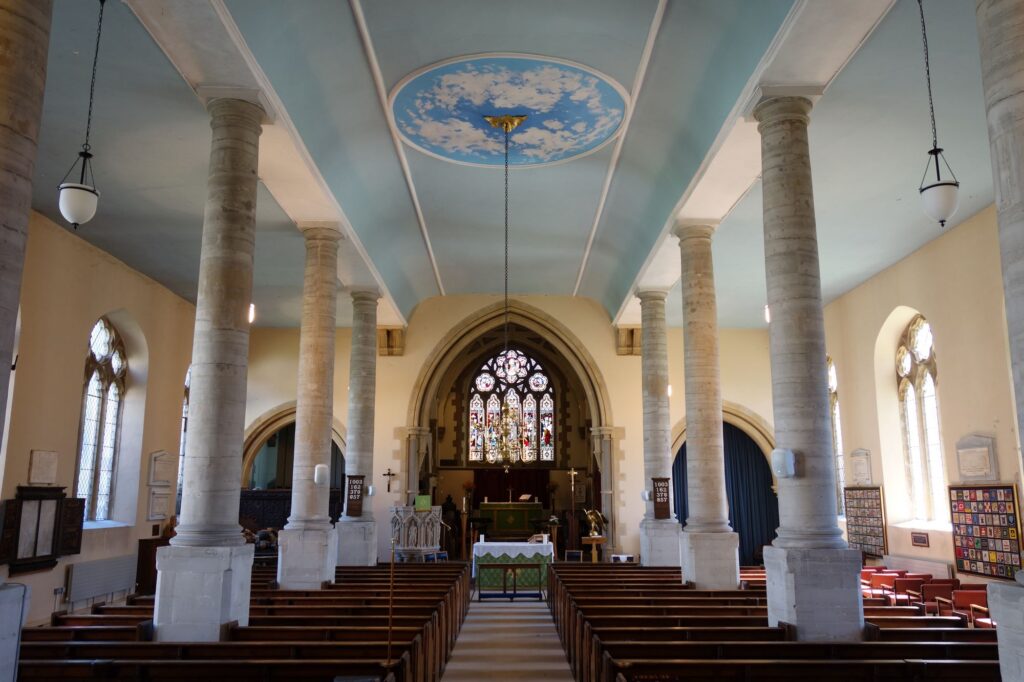


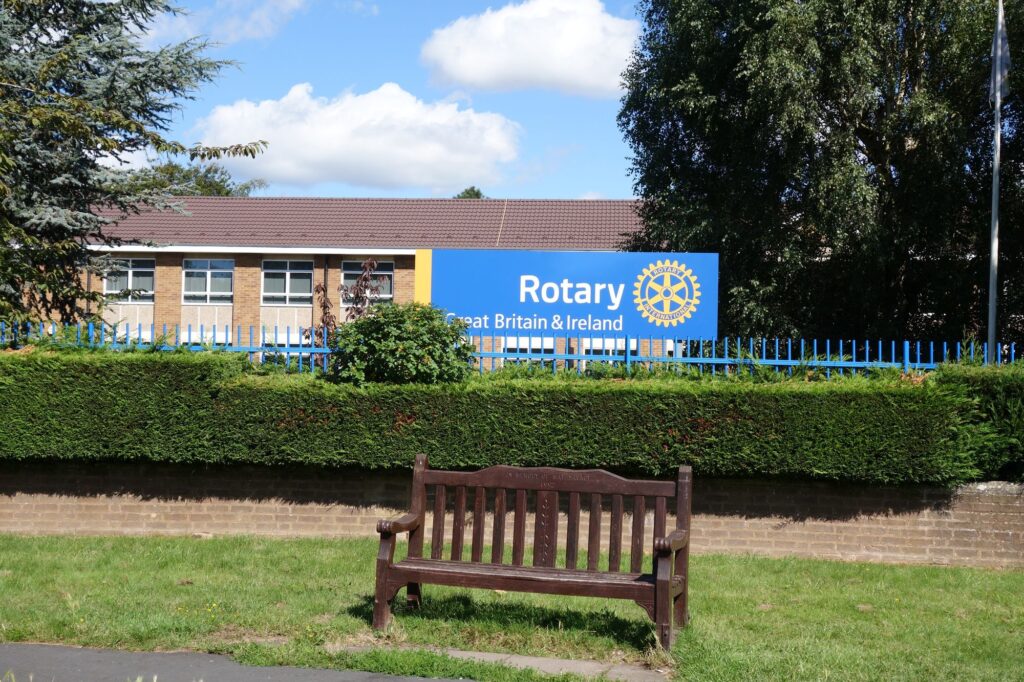



Date of walk: 29th of August 2016